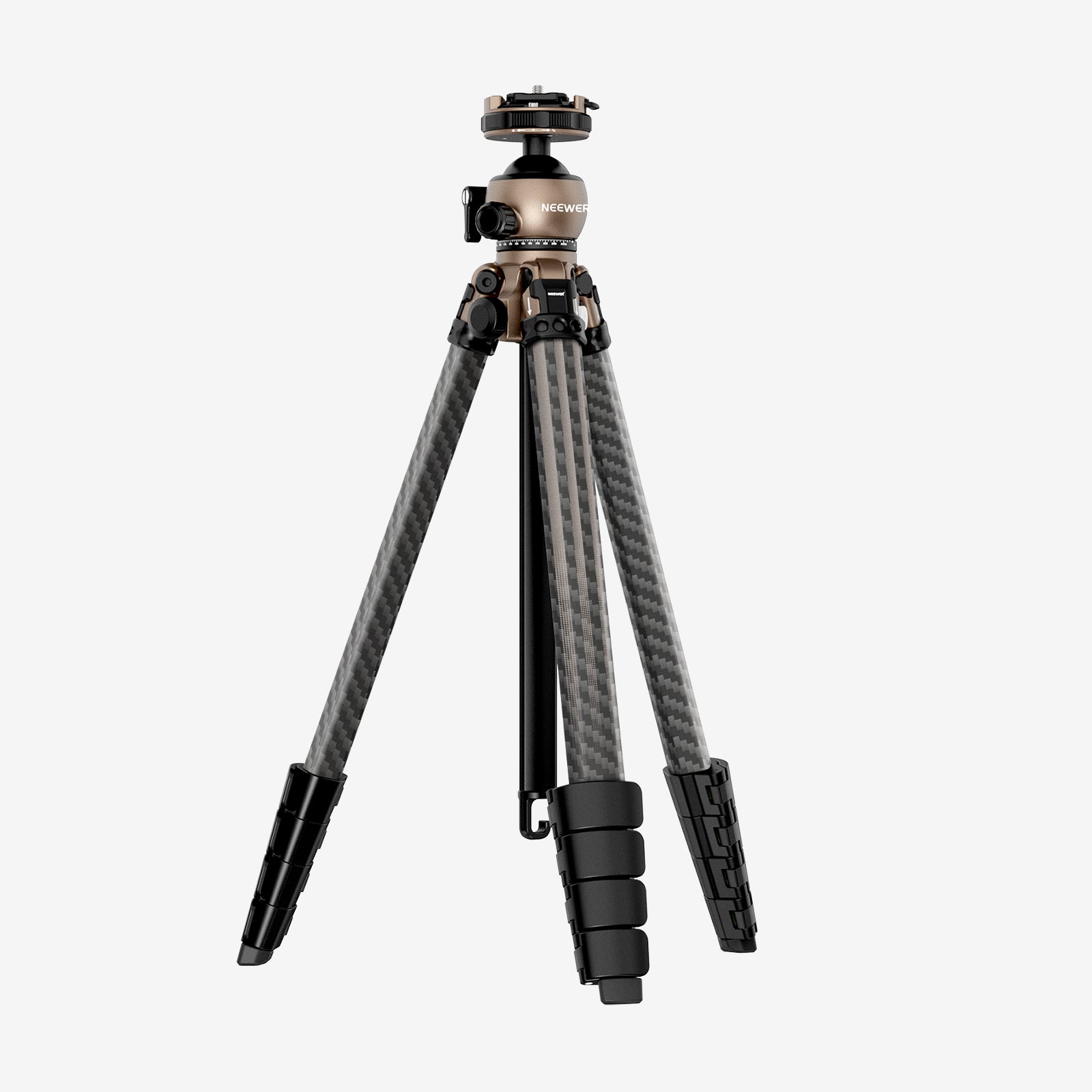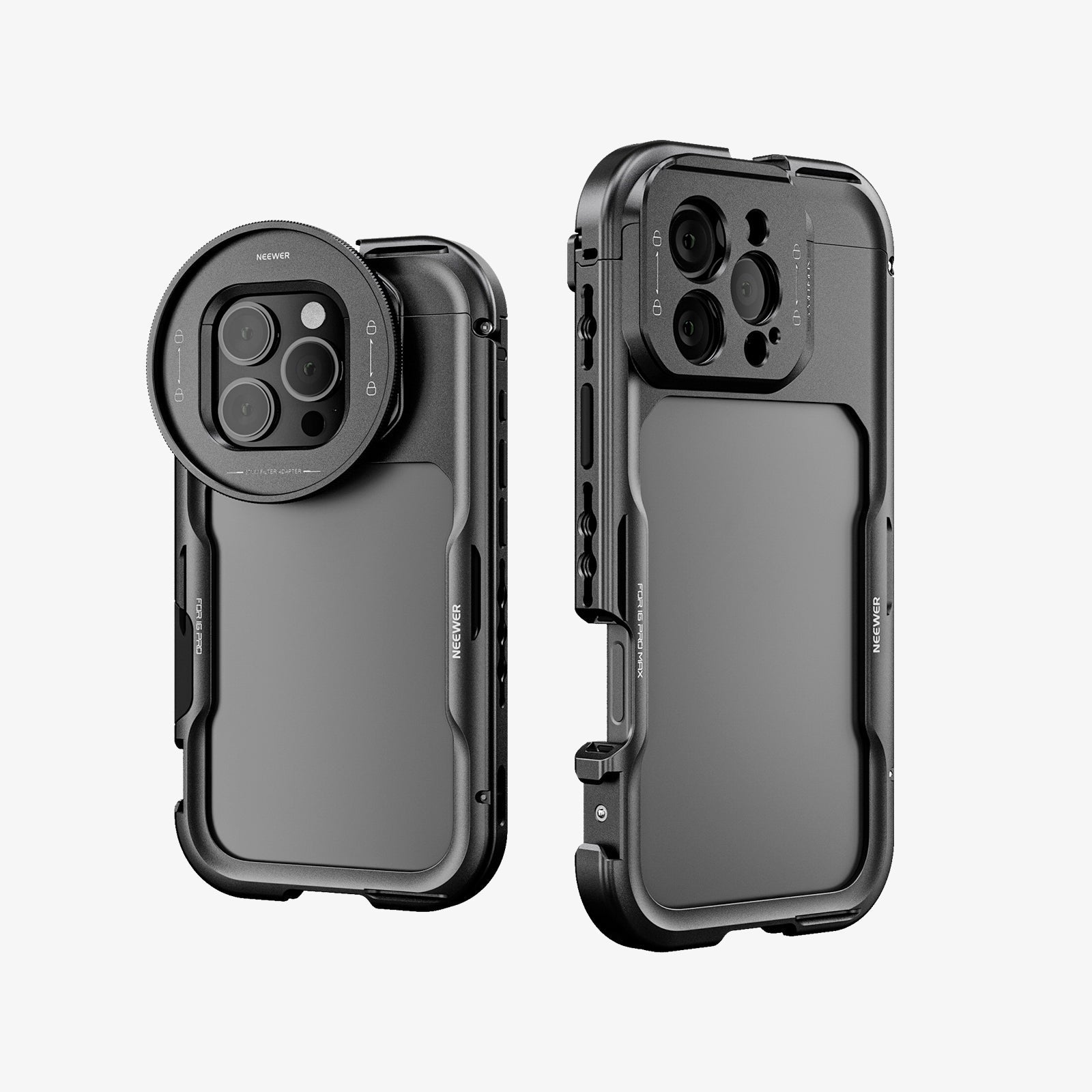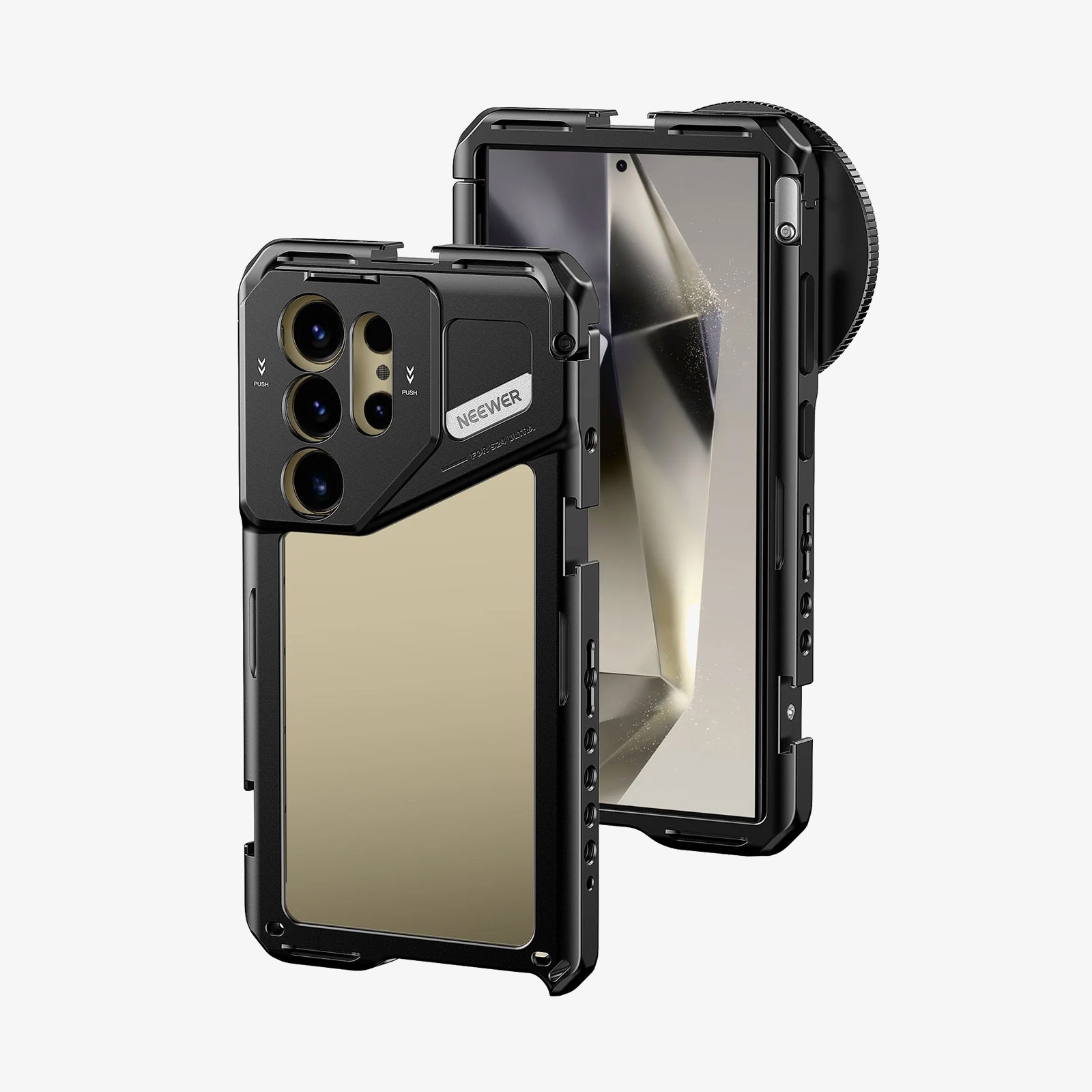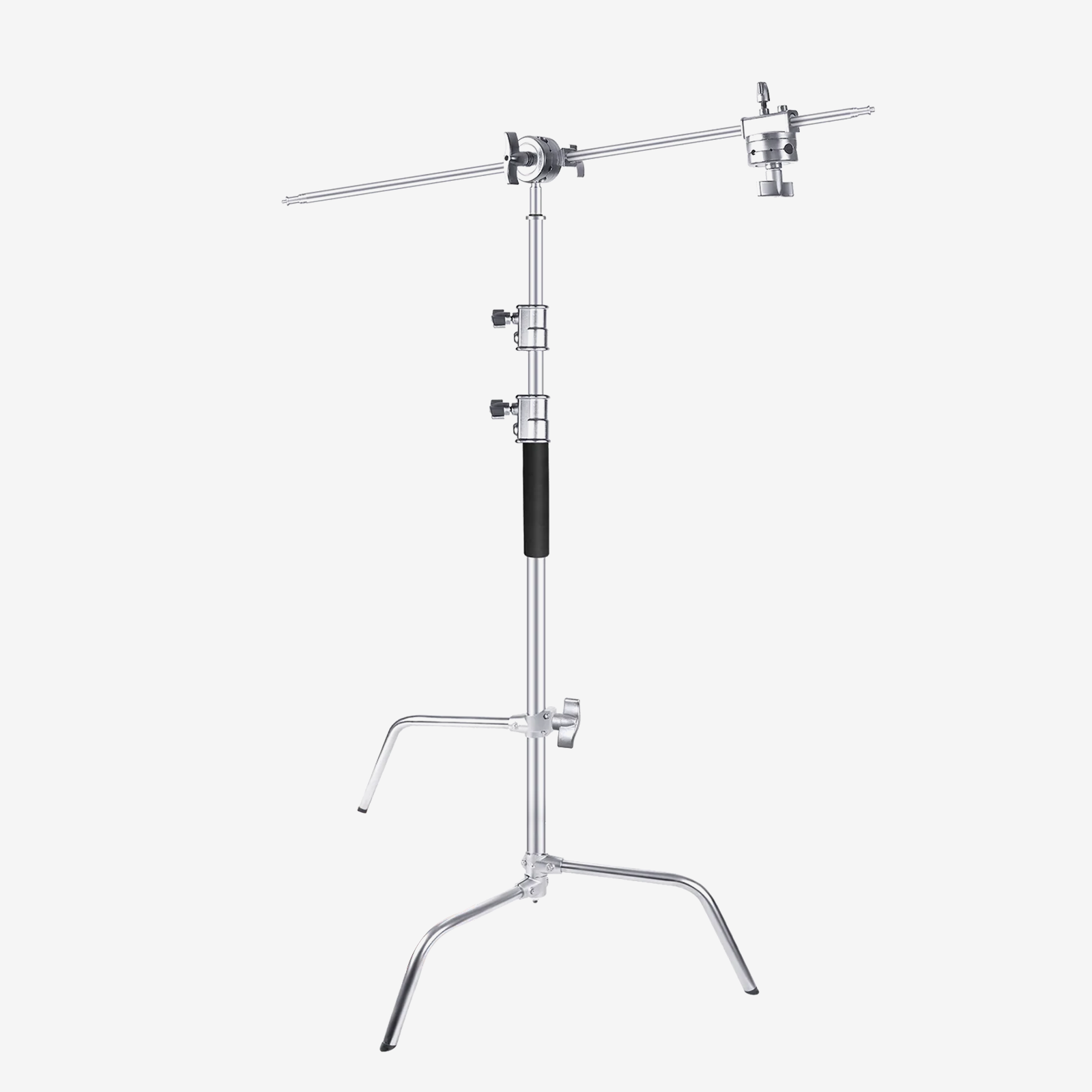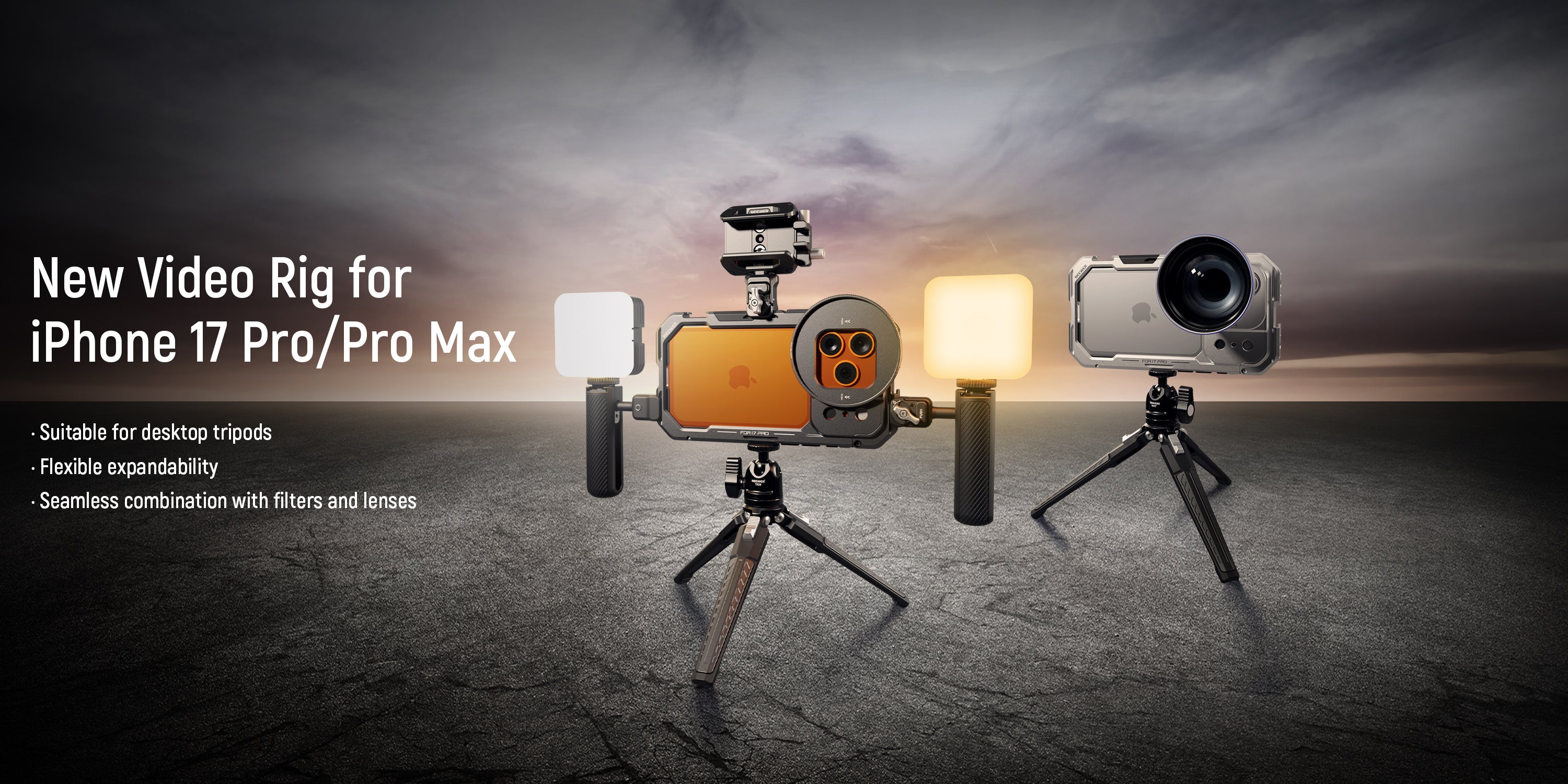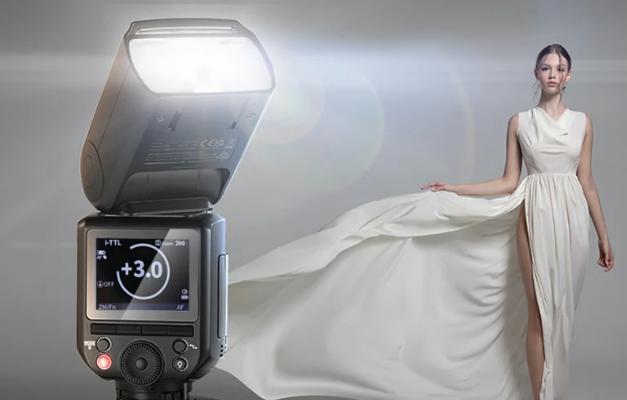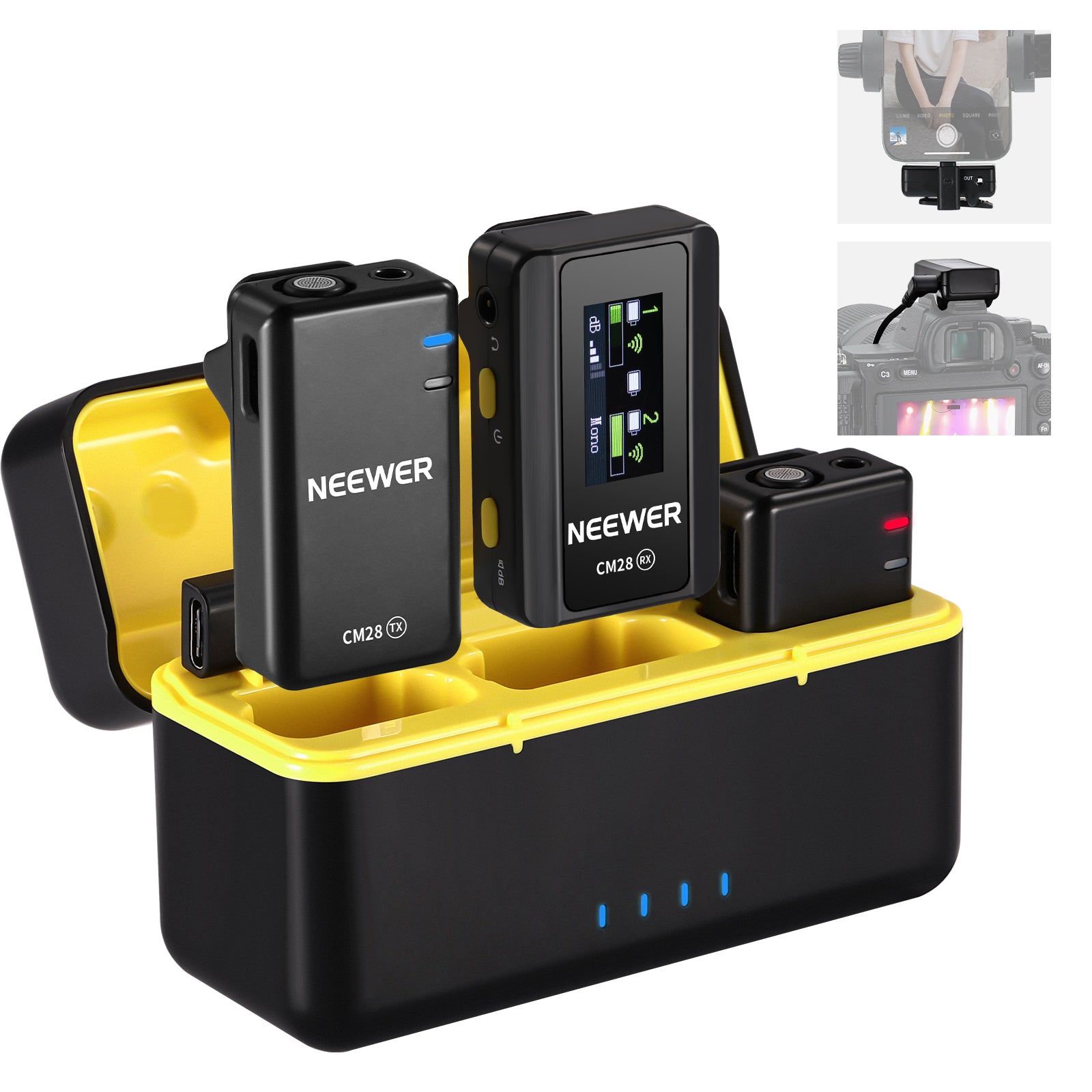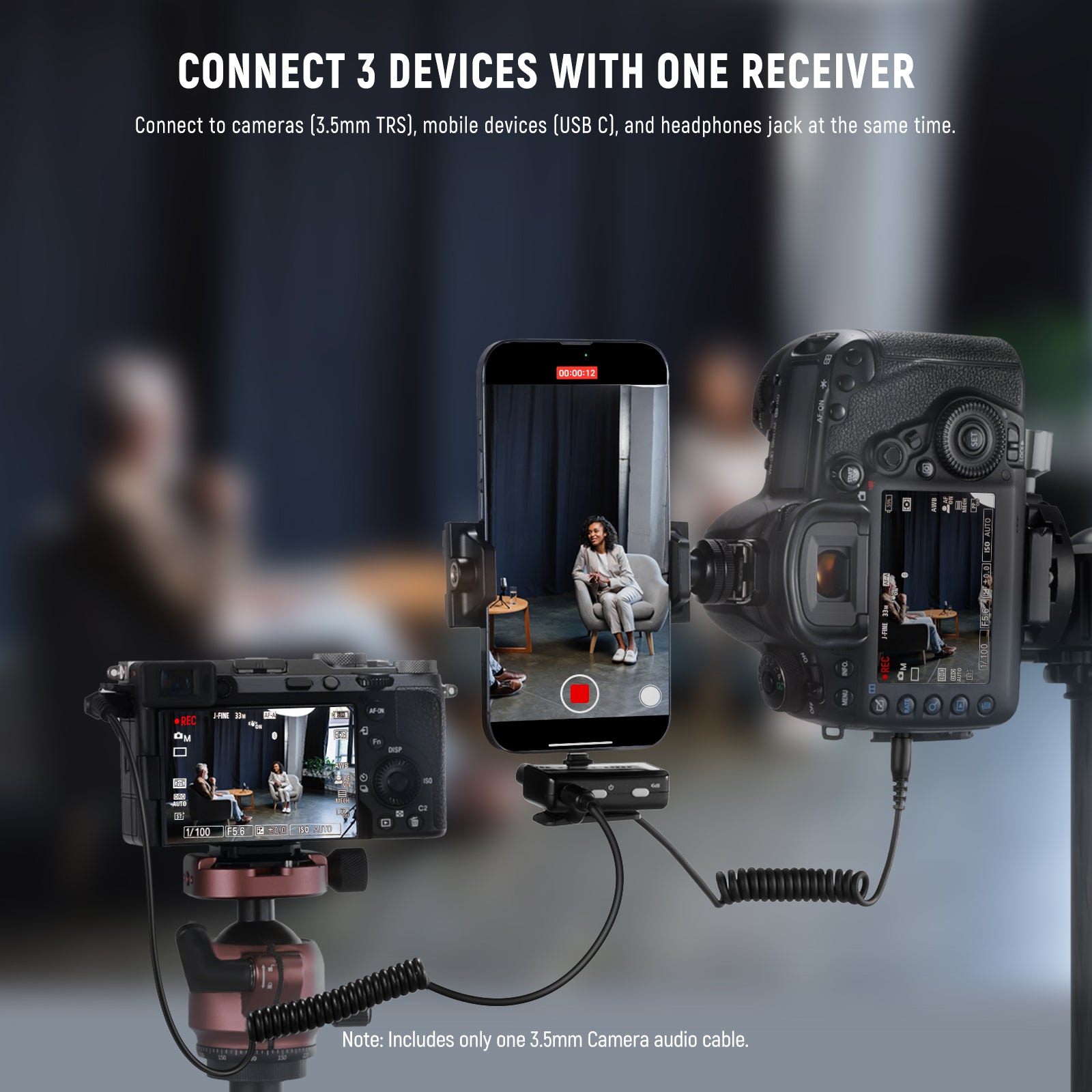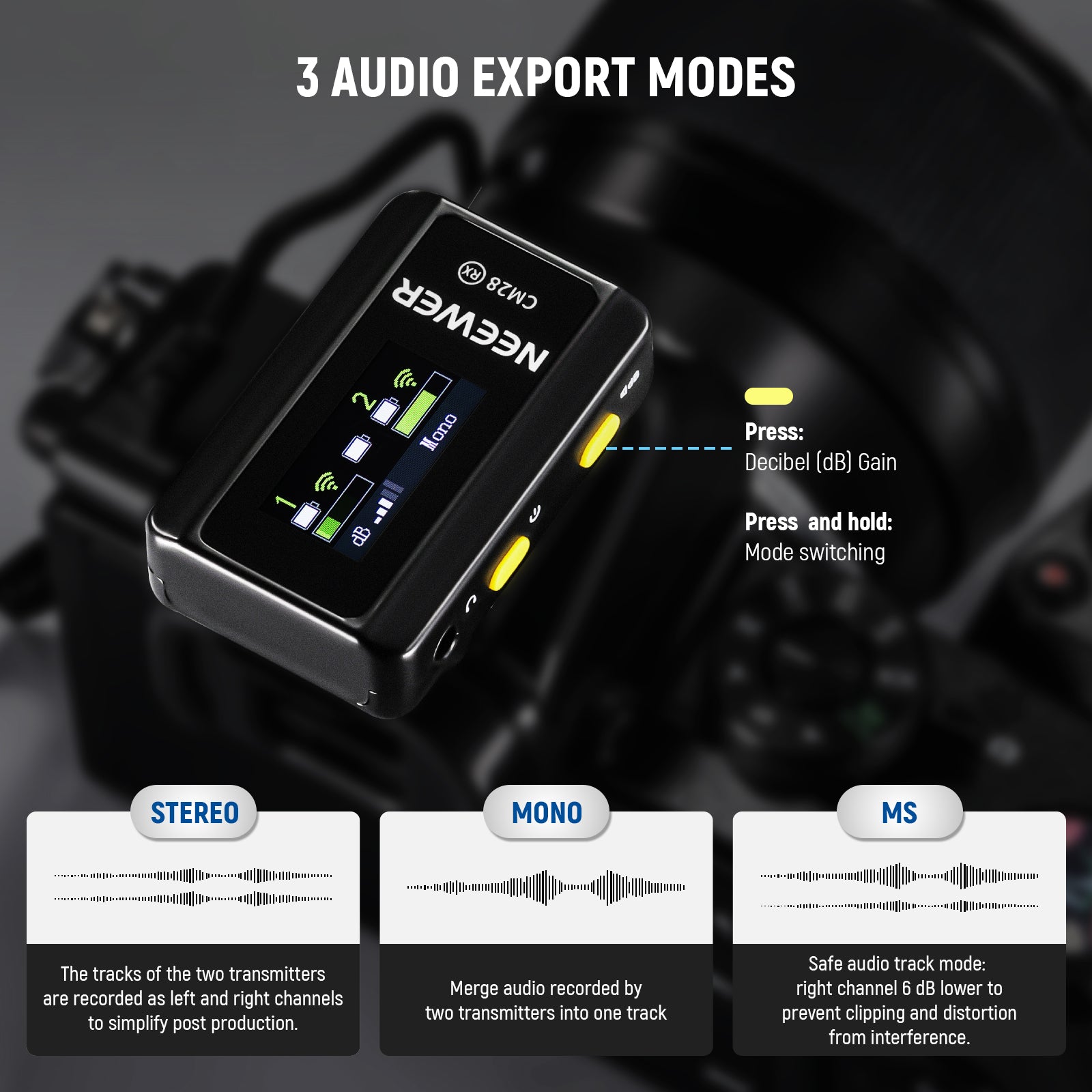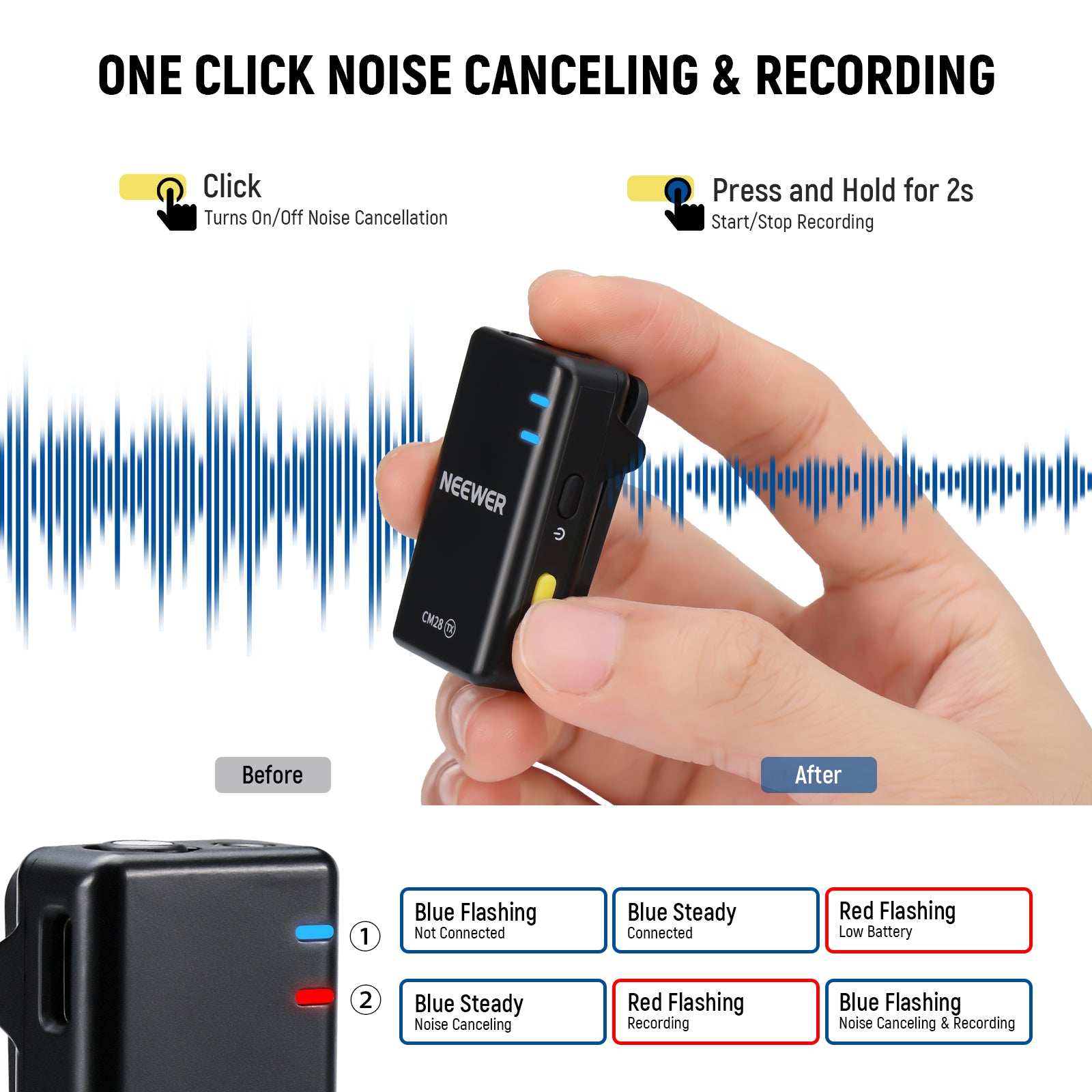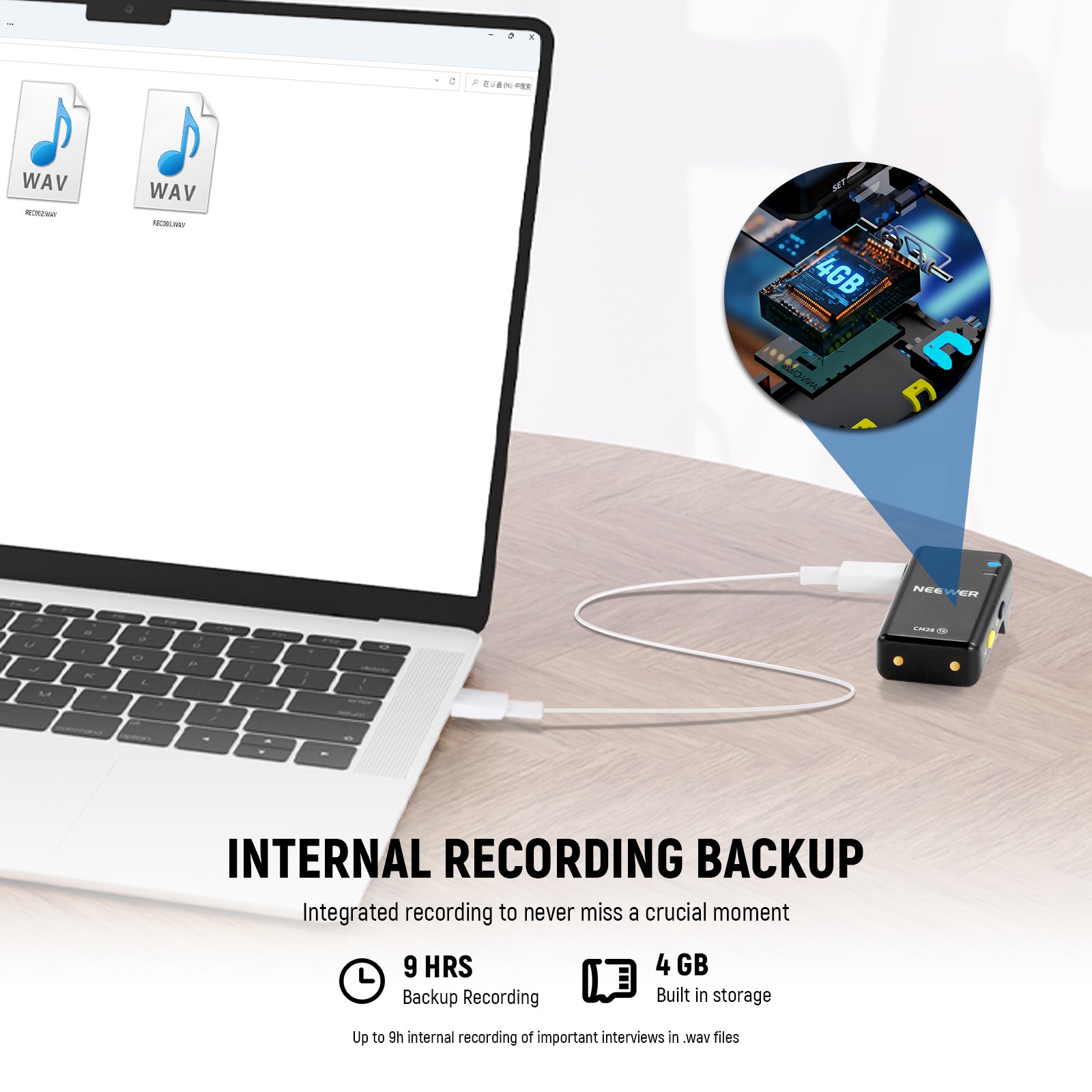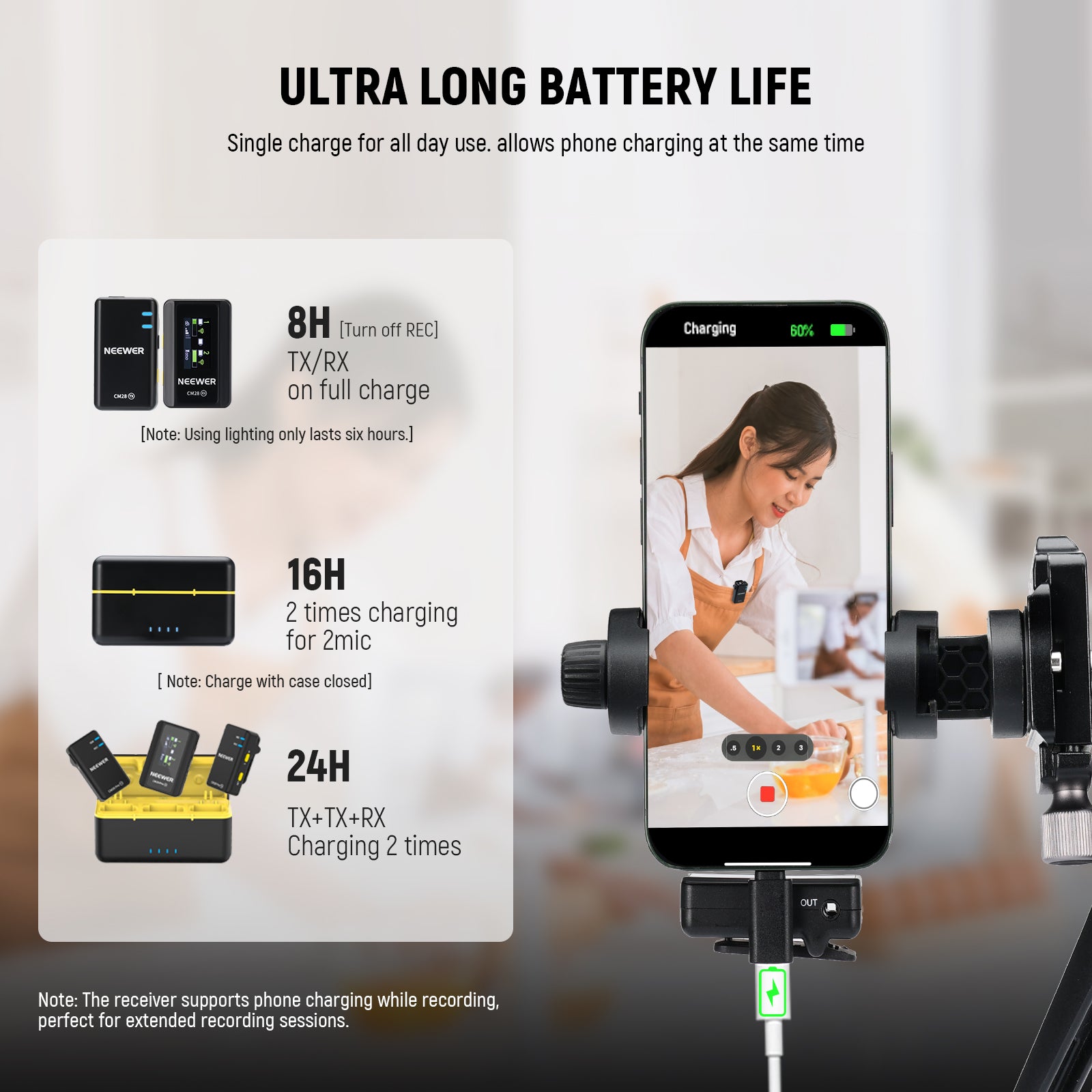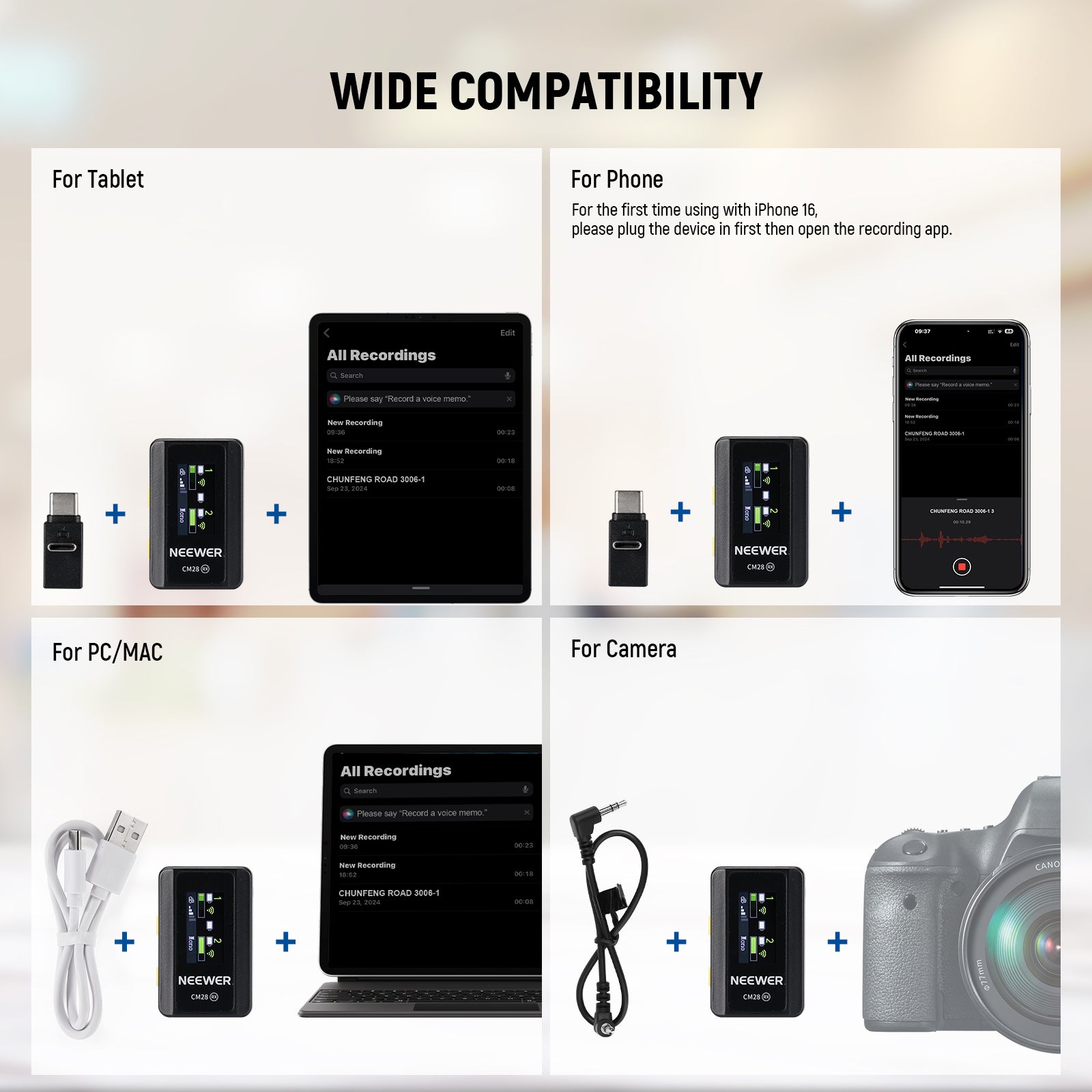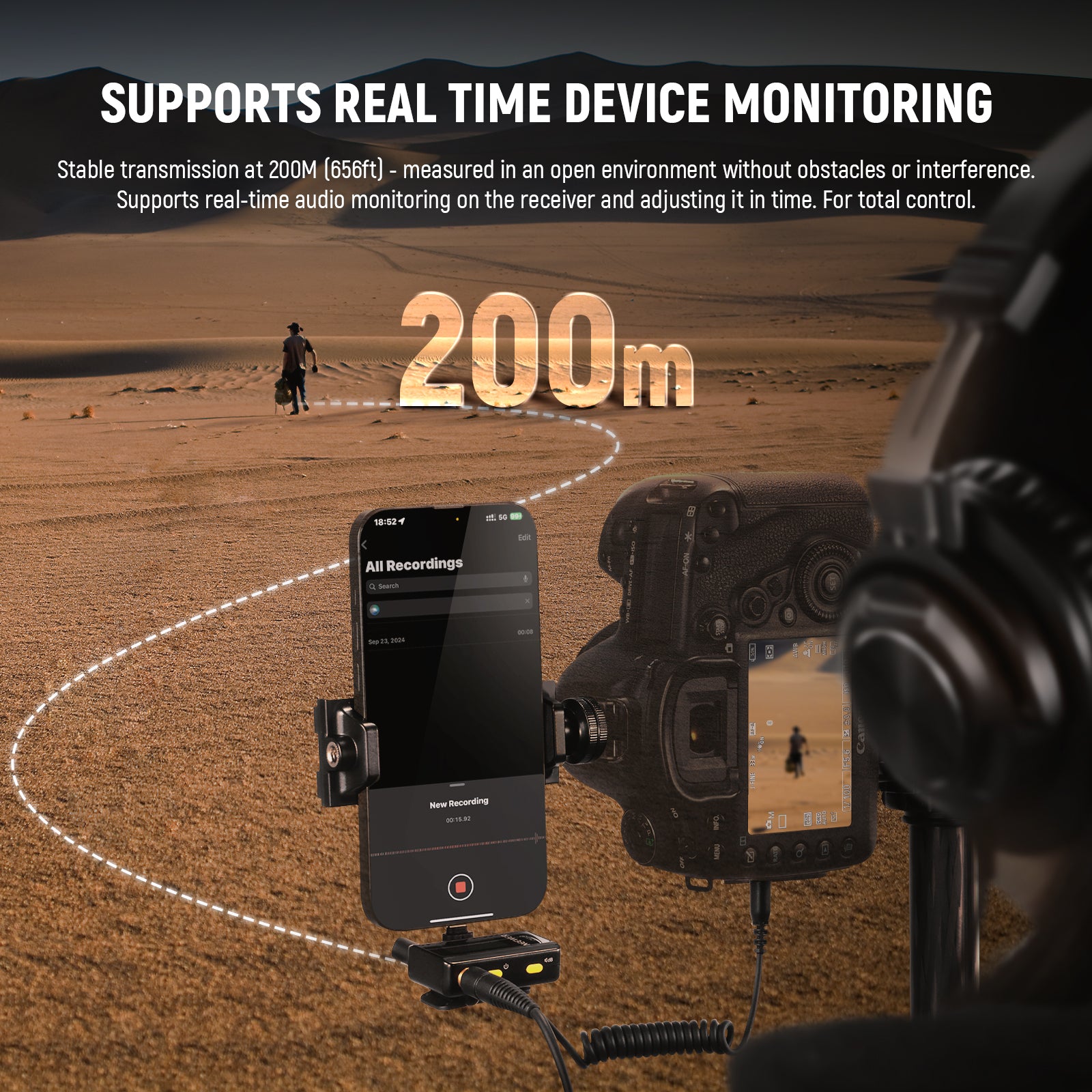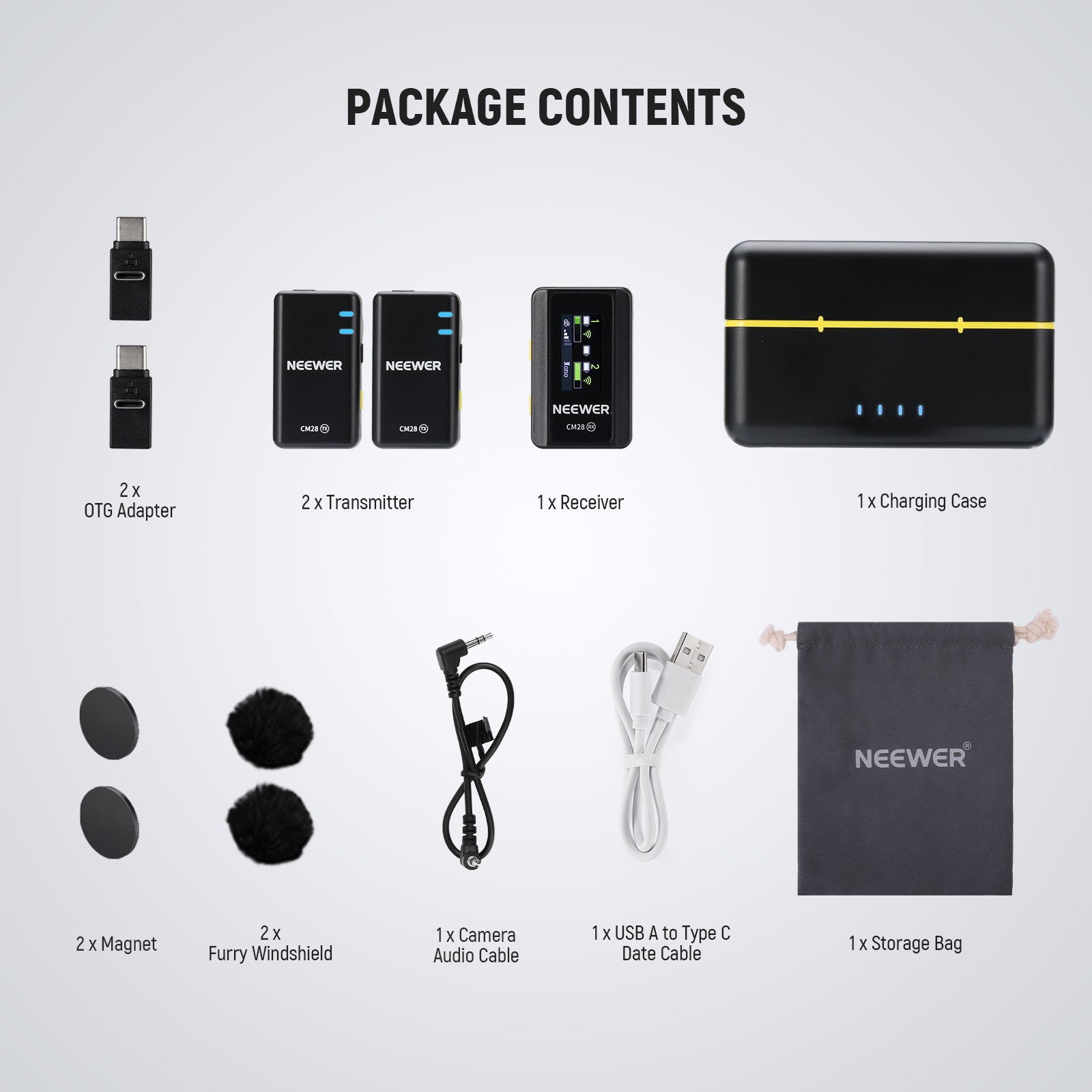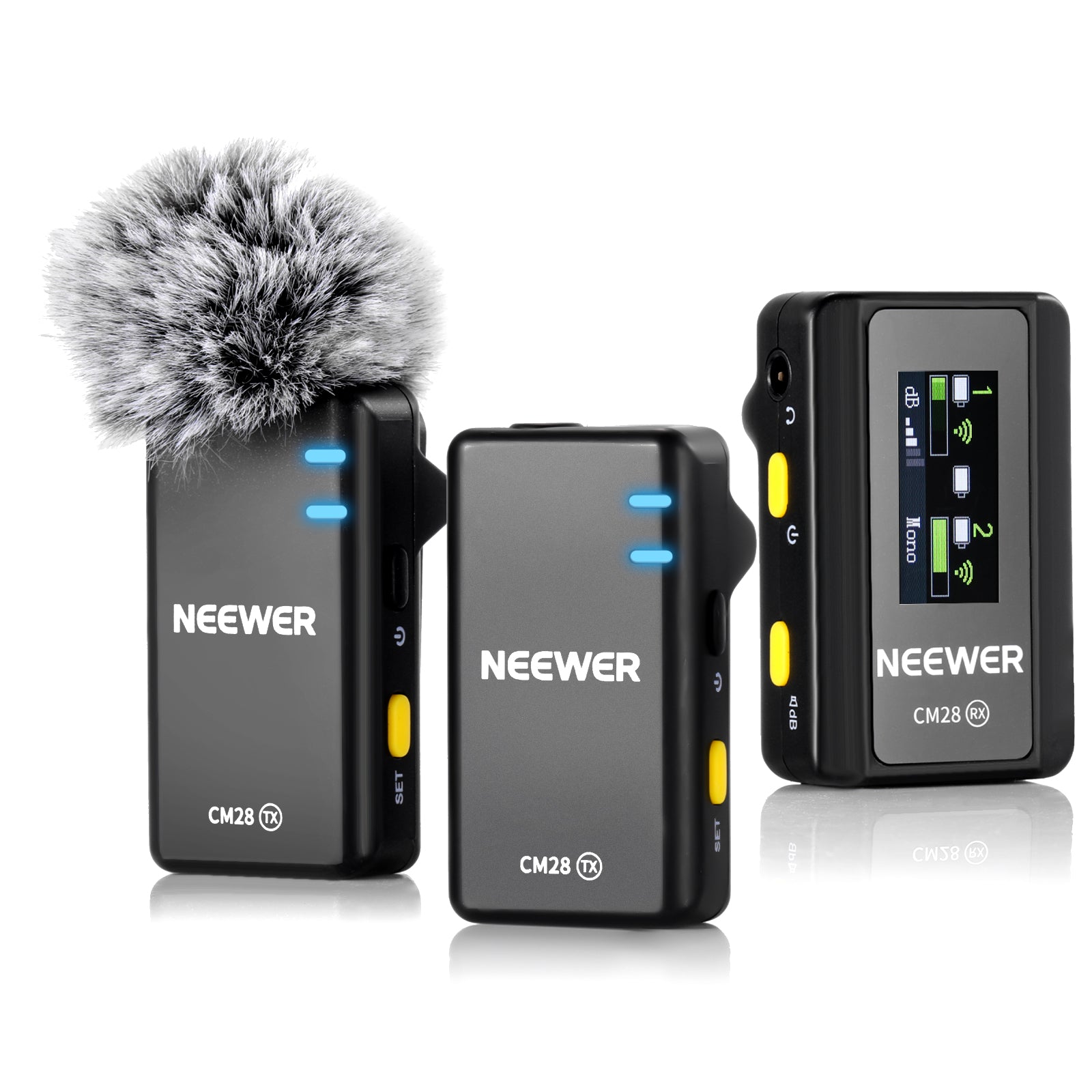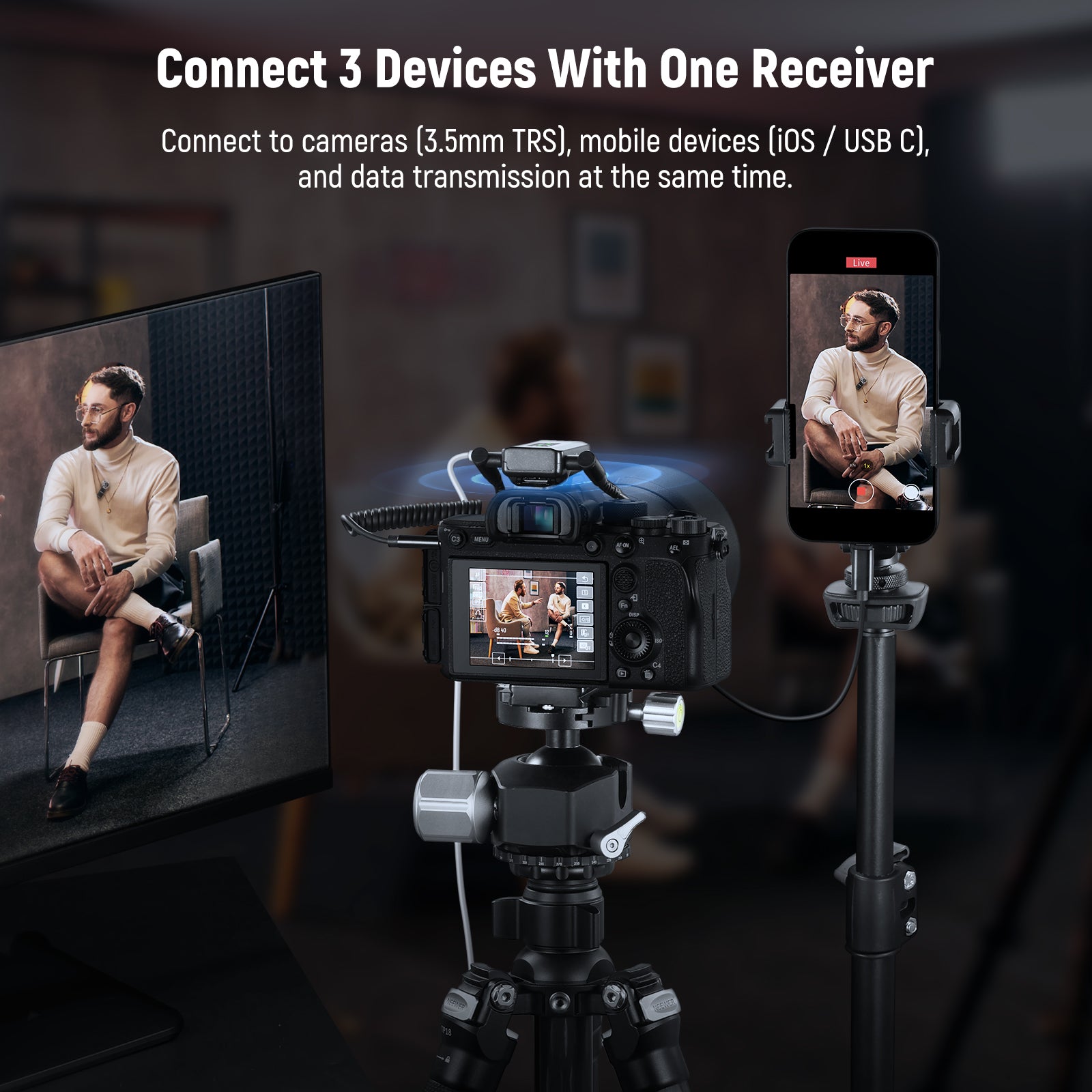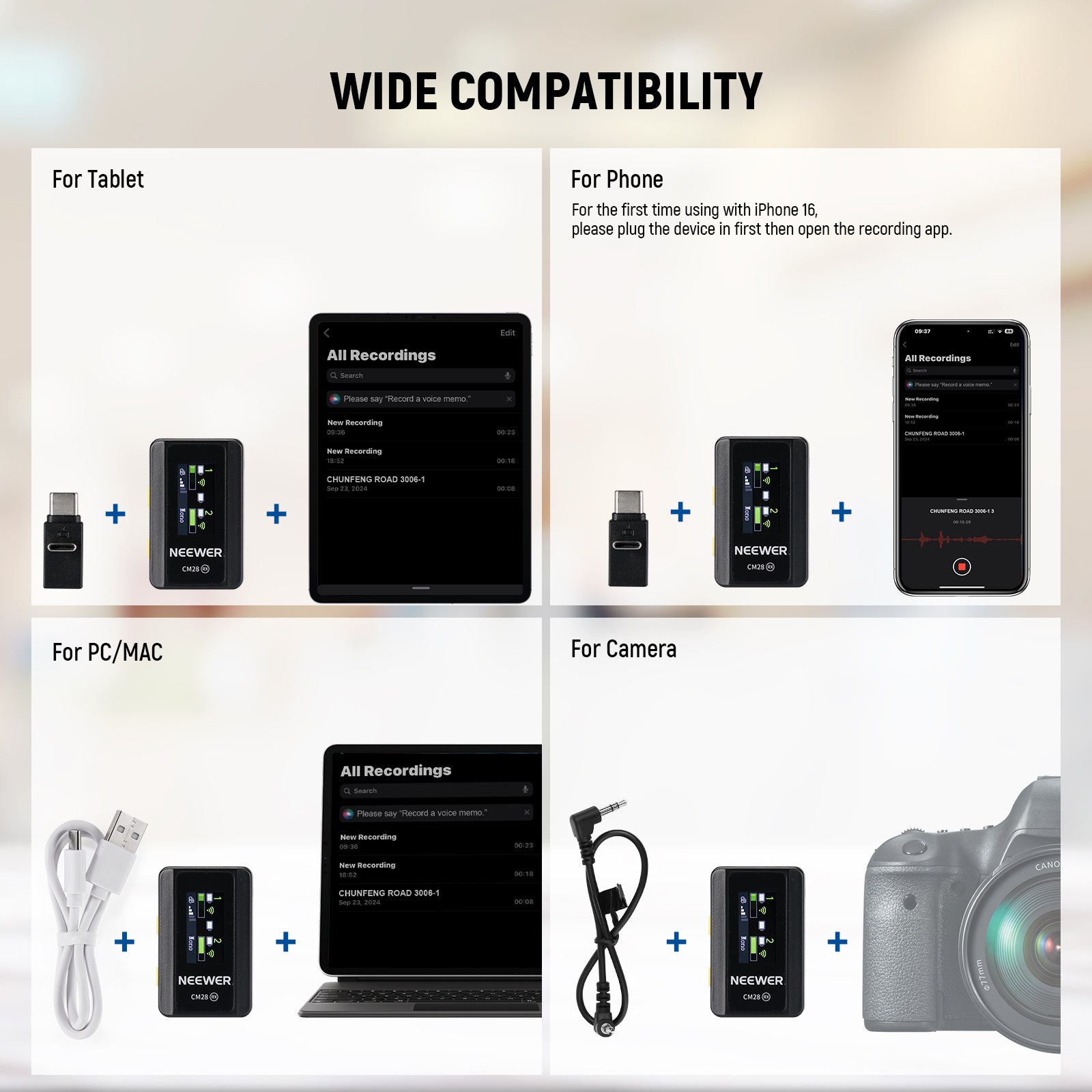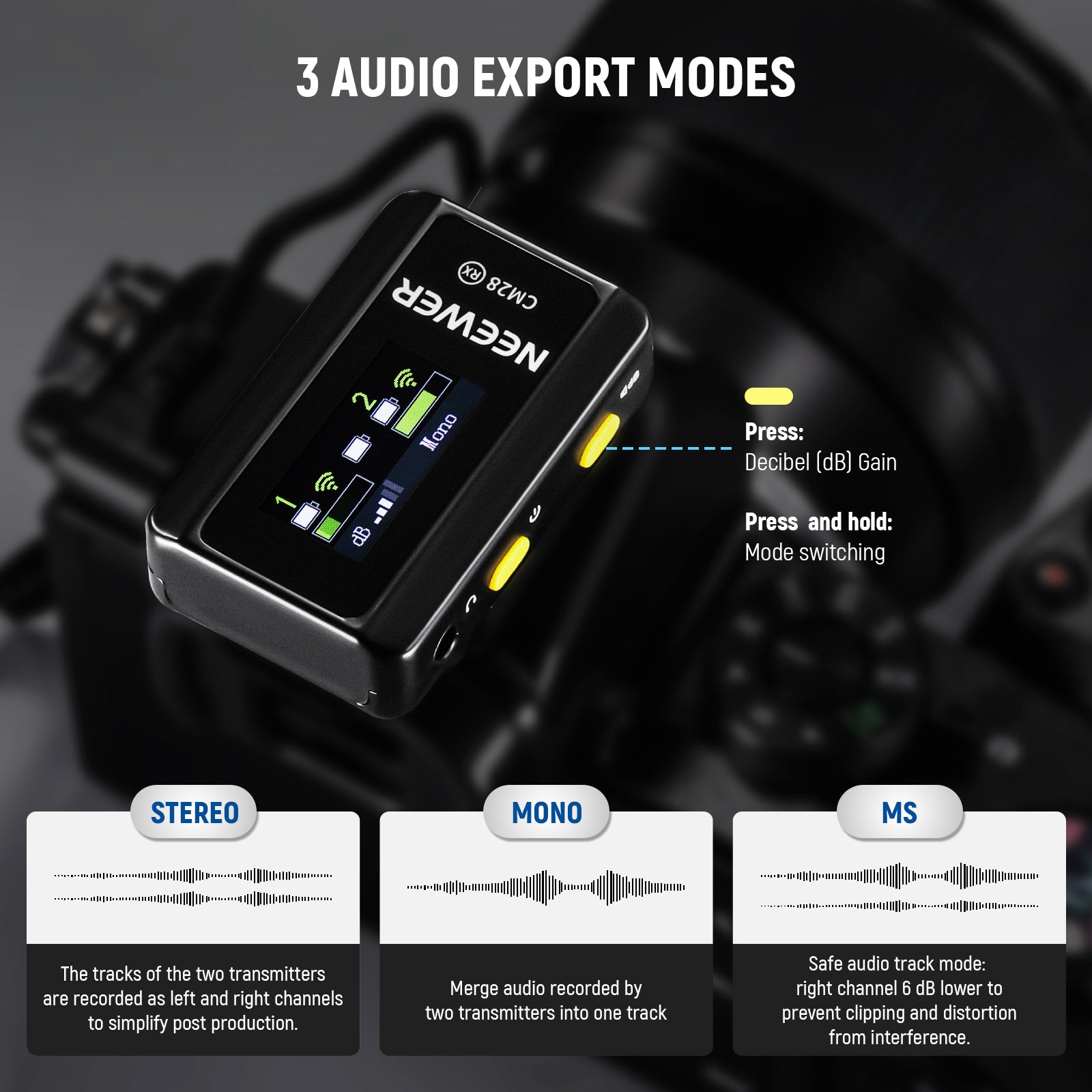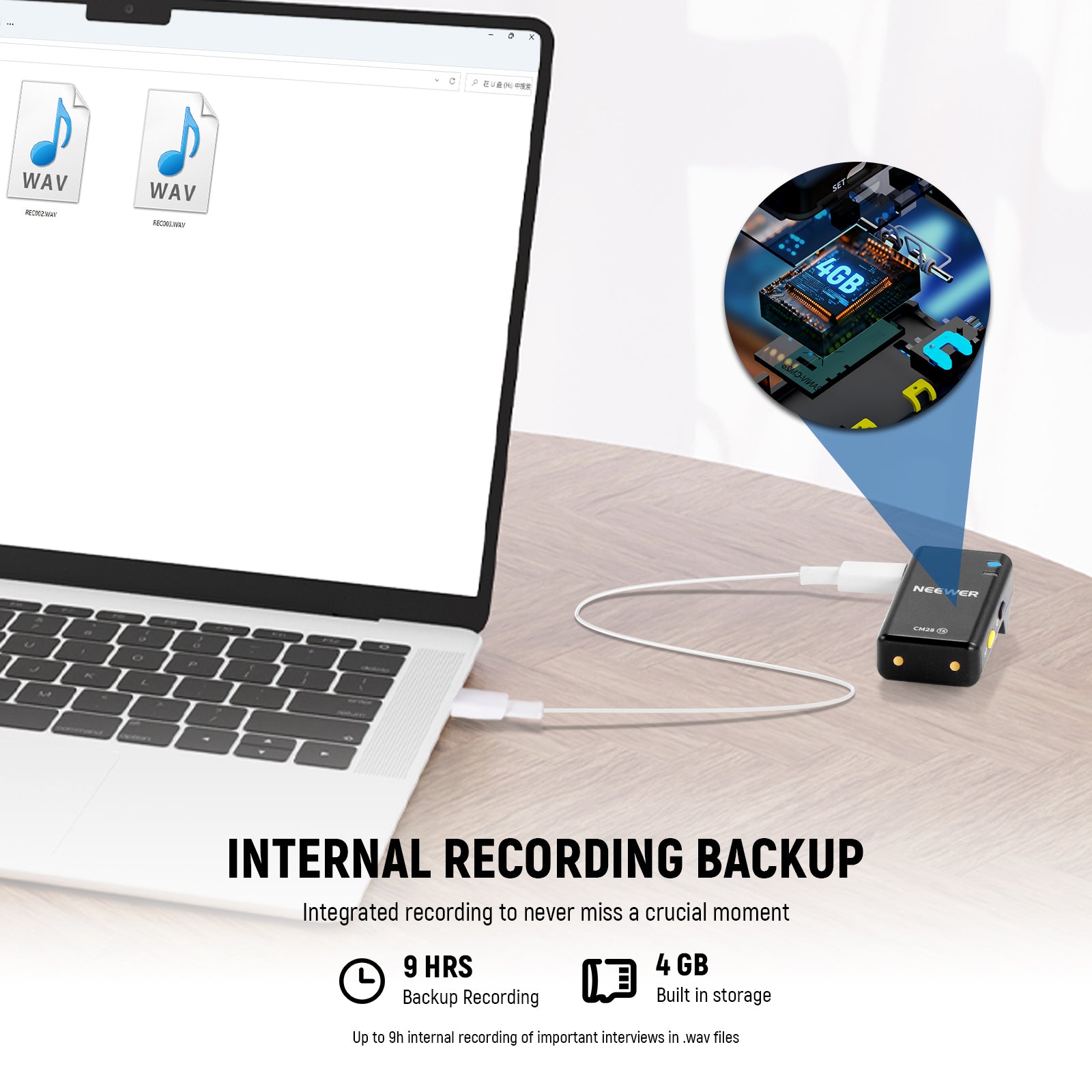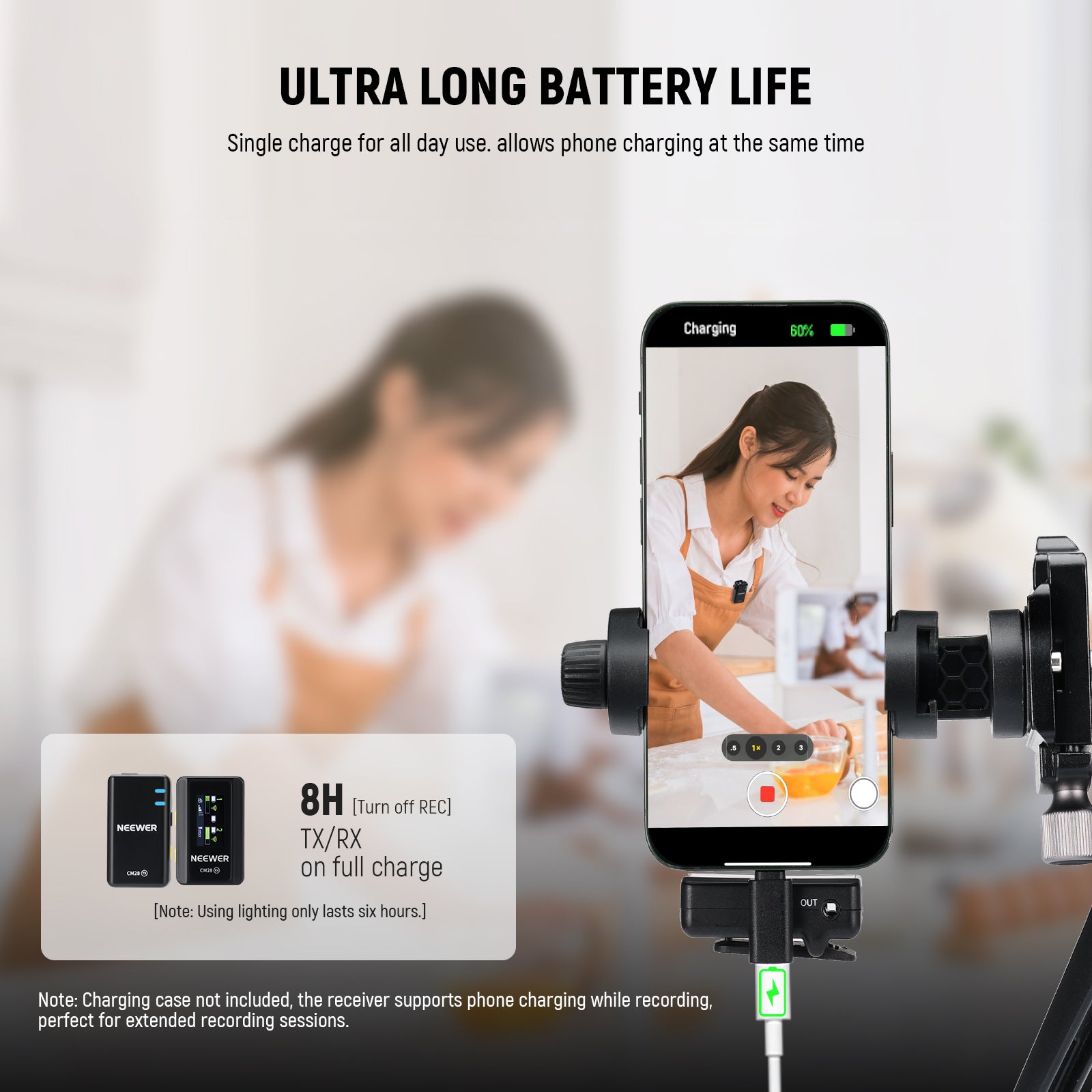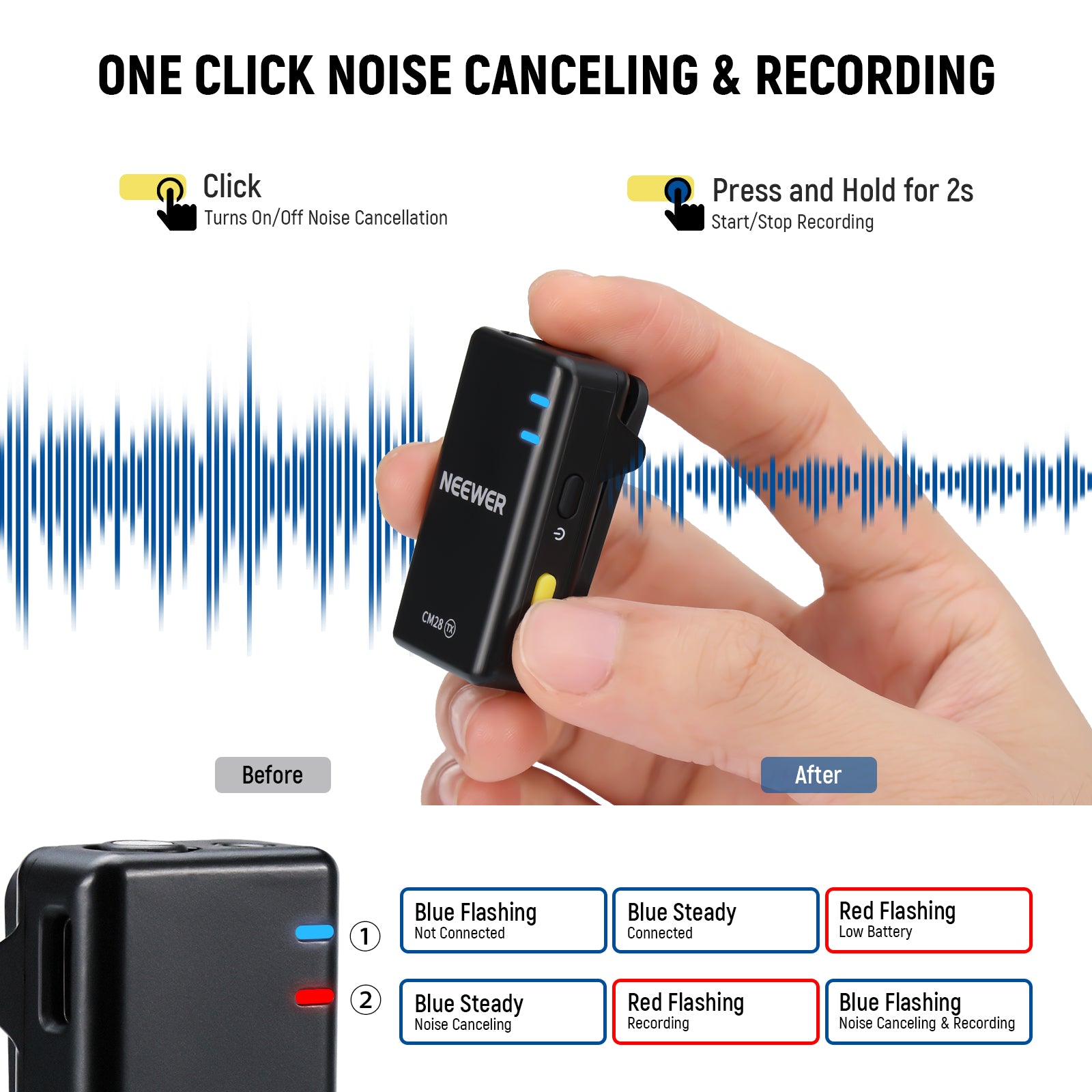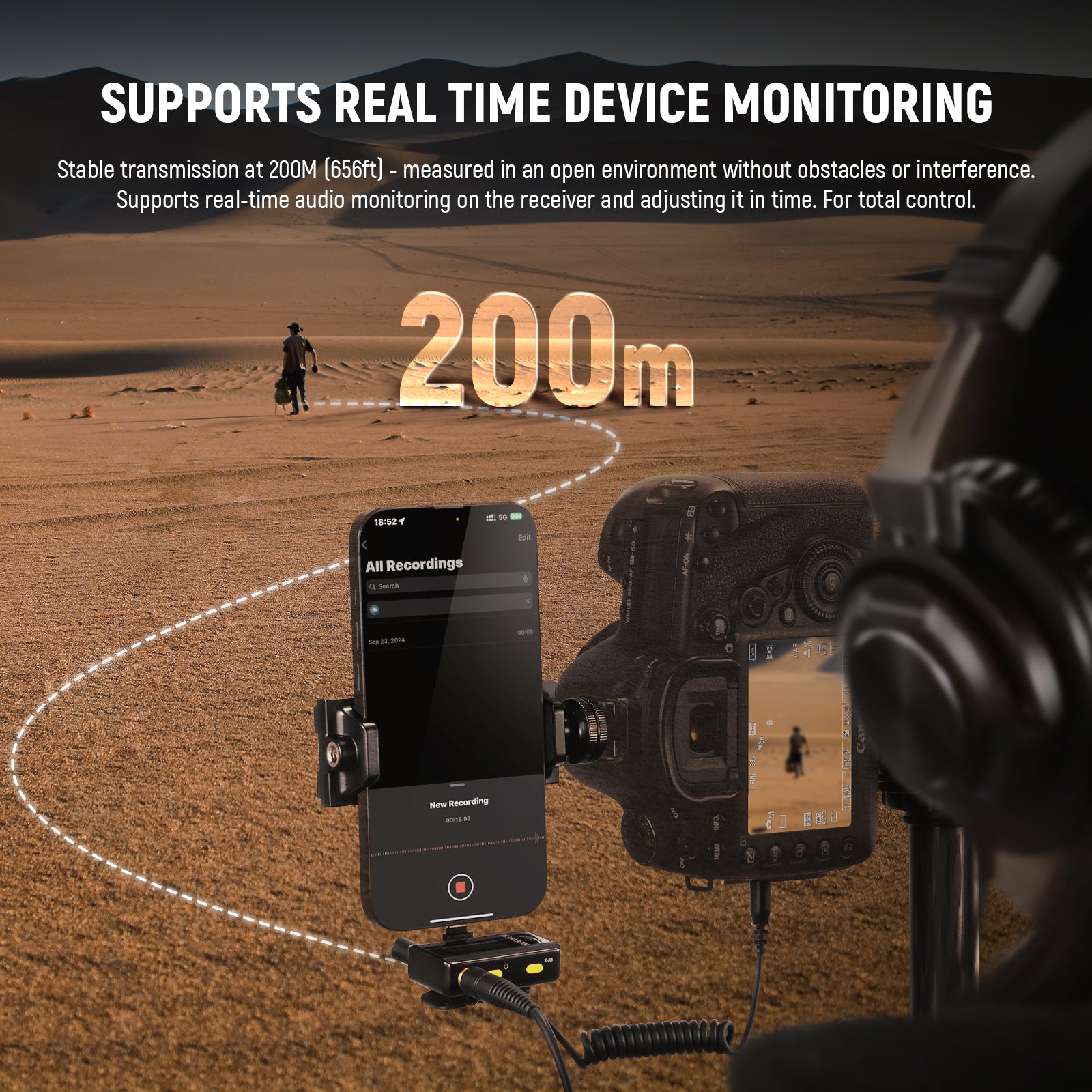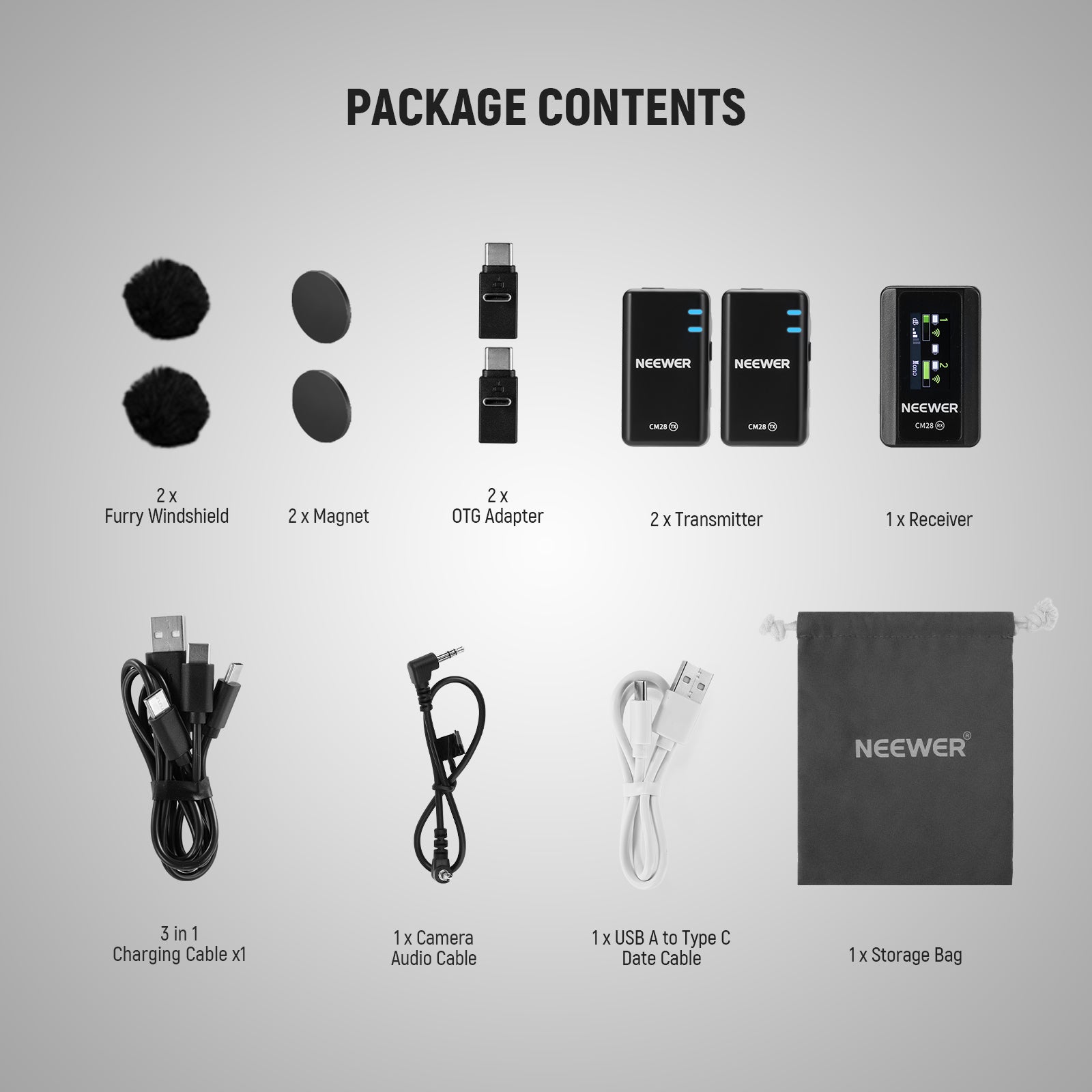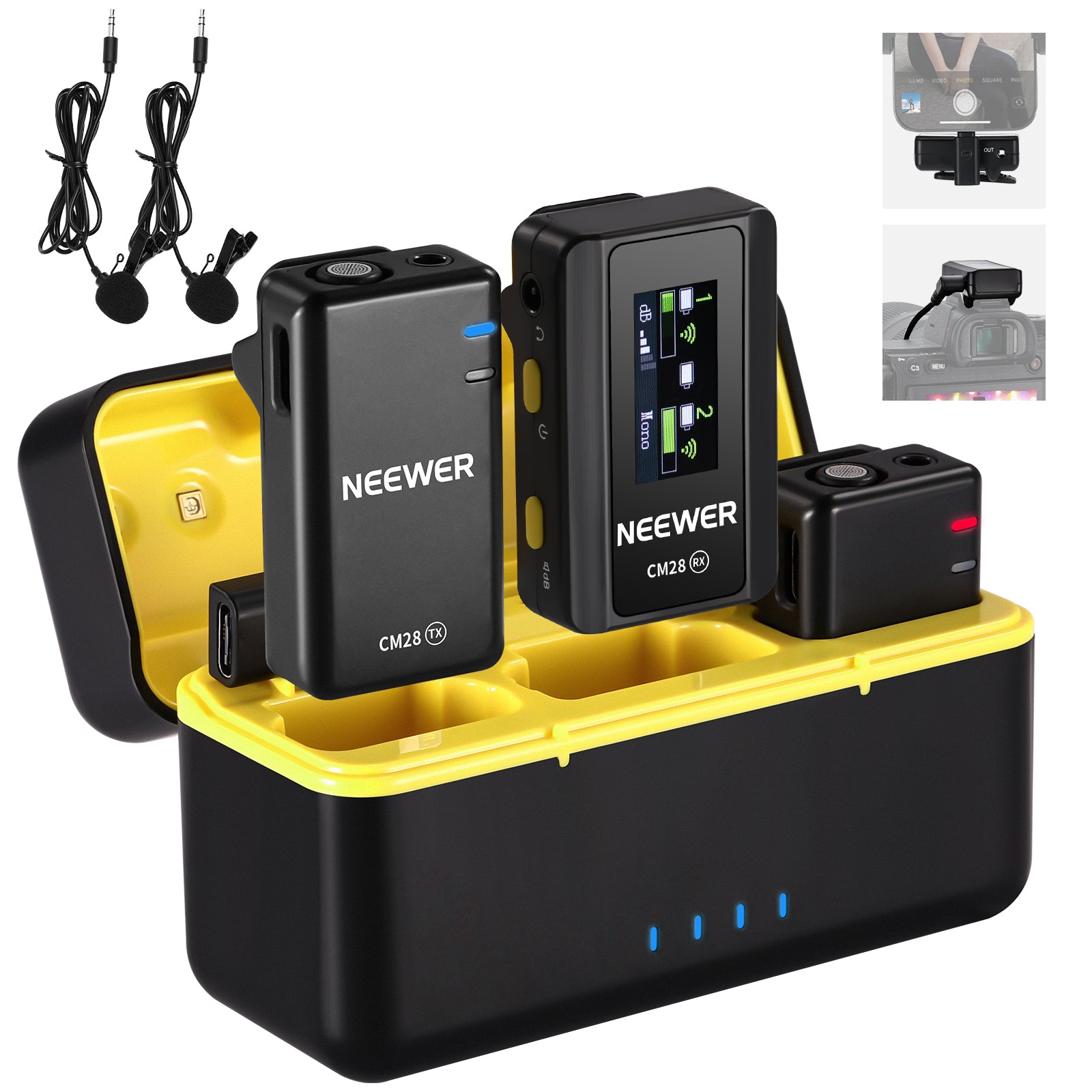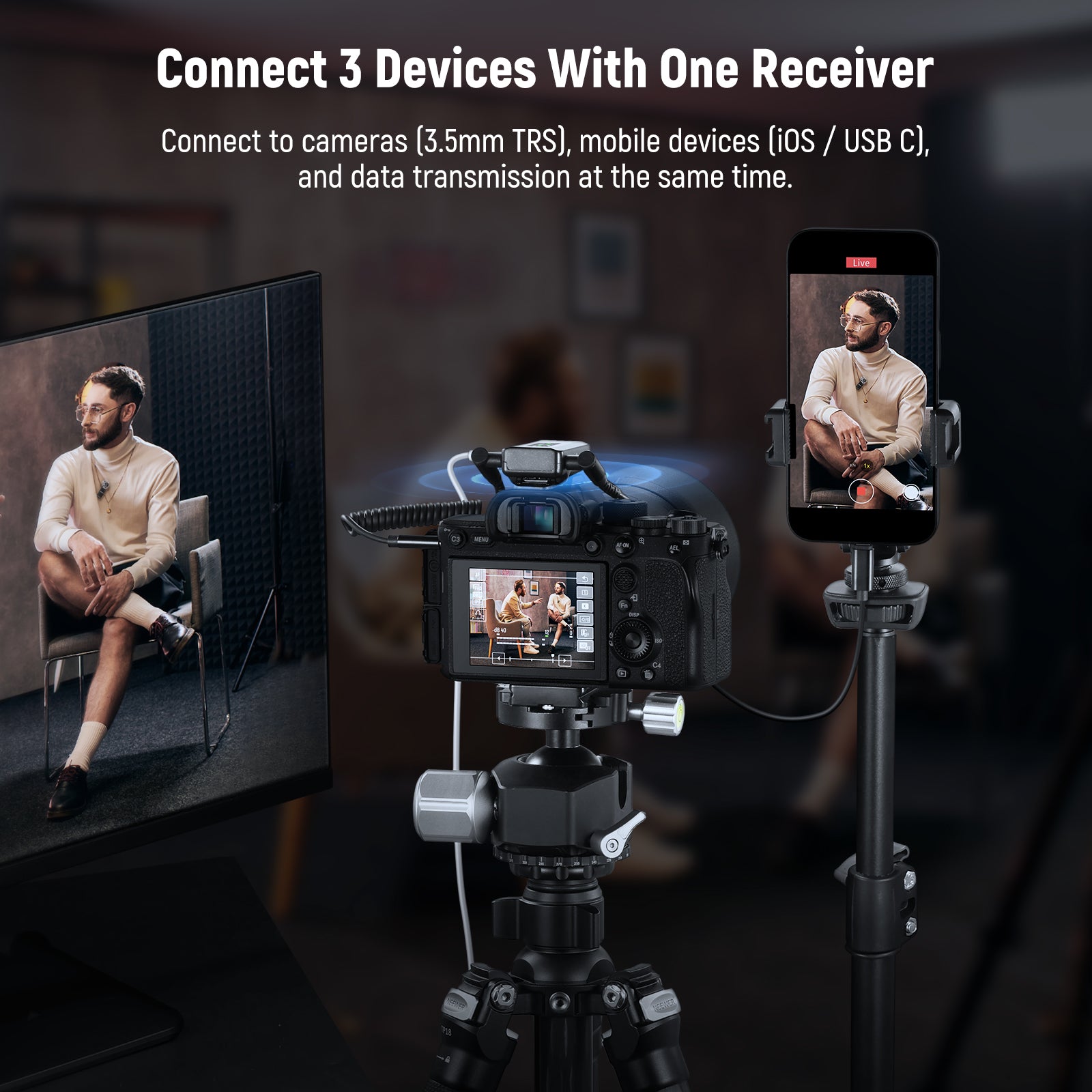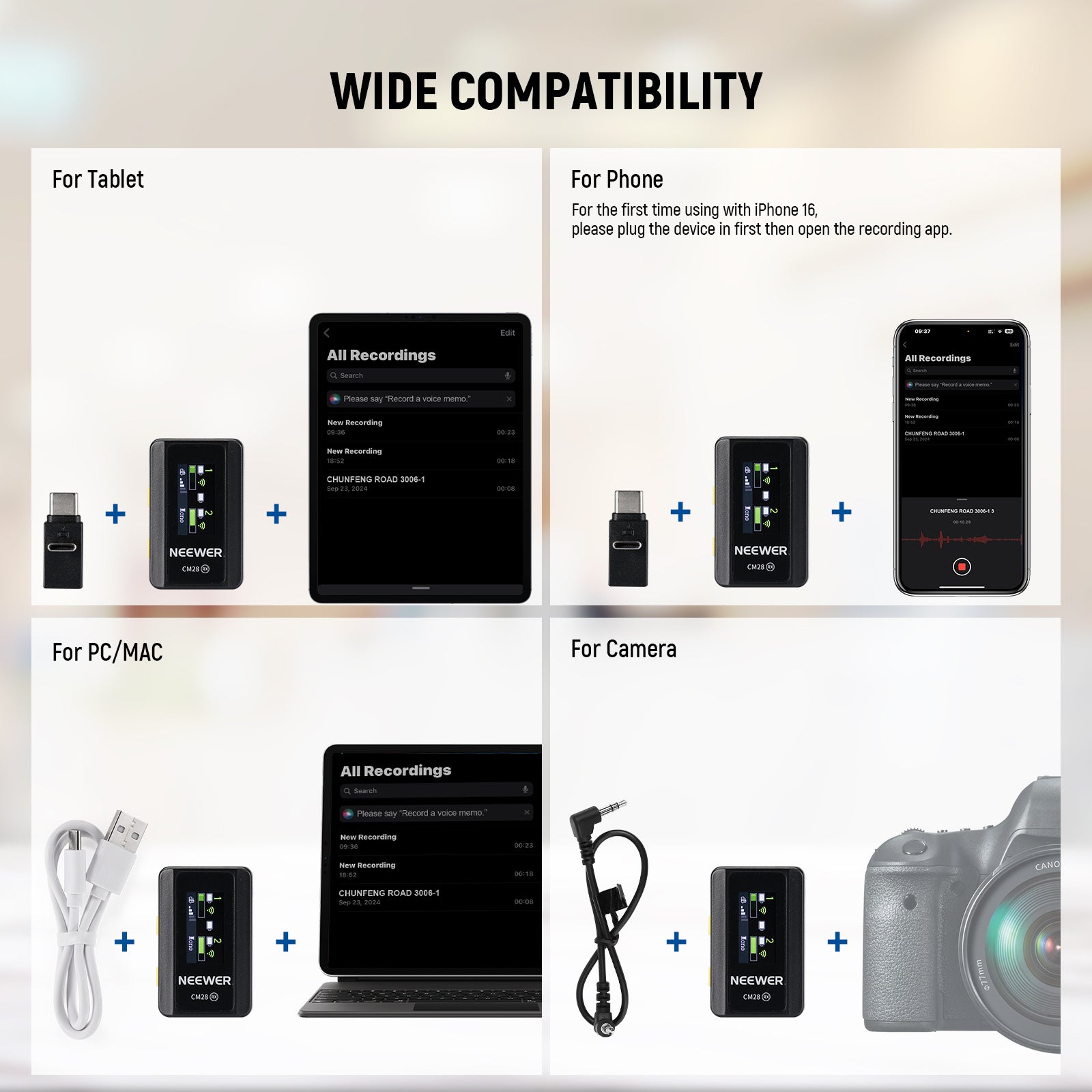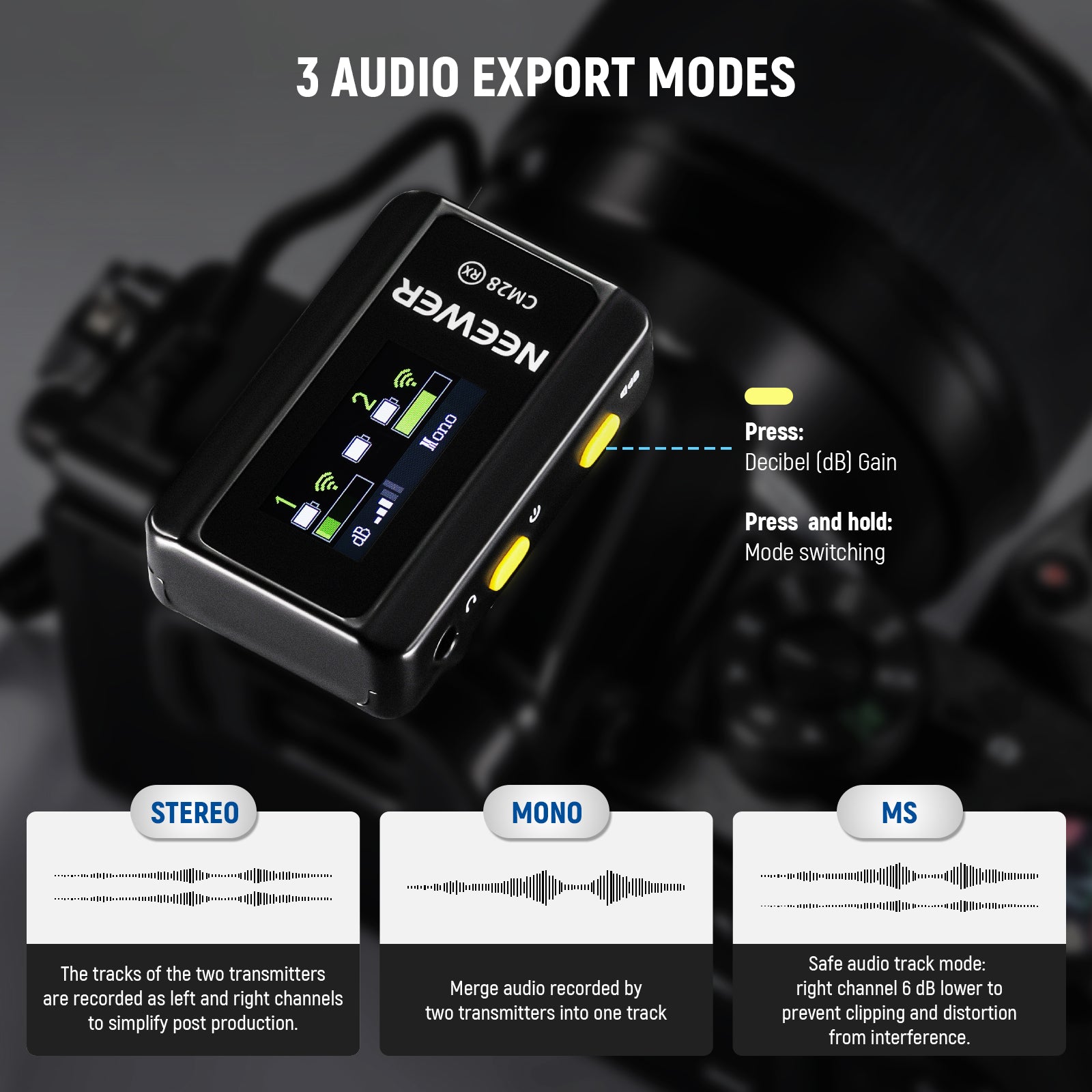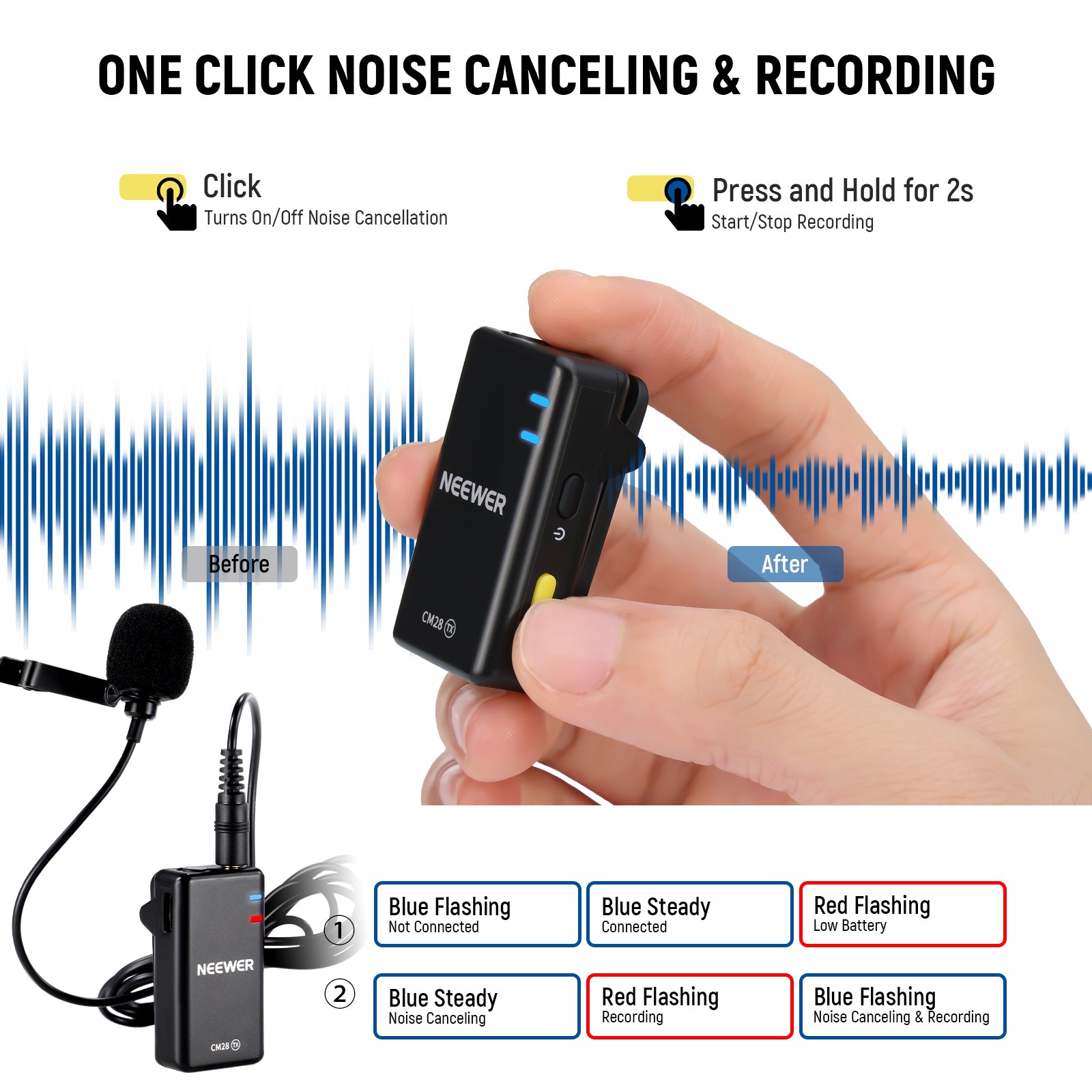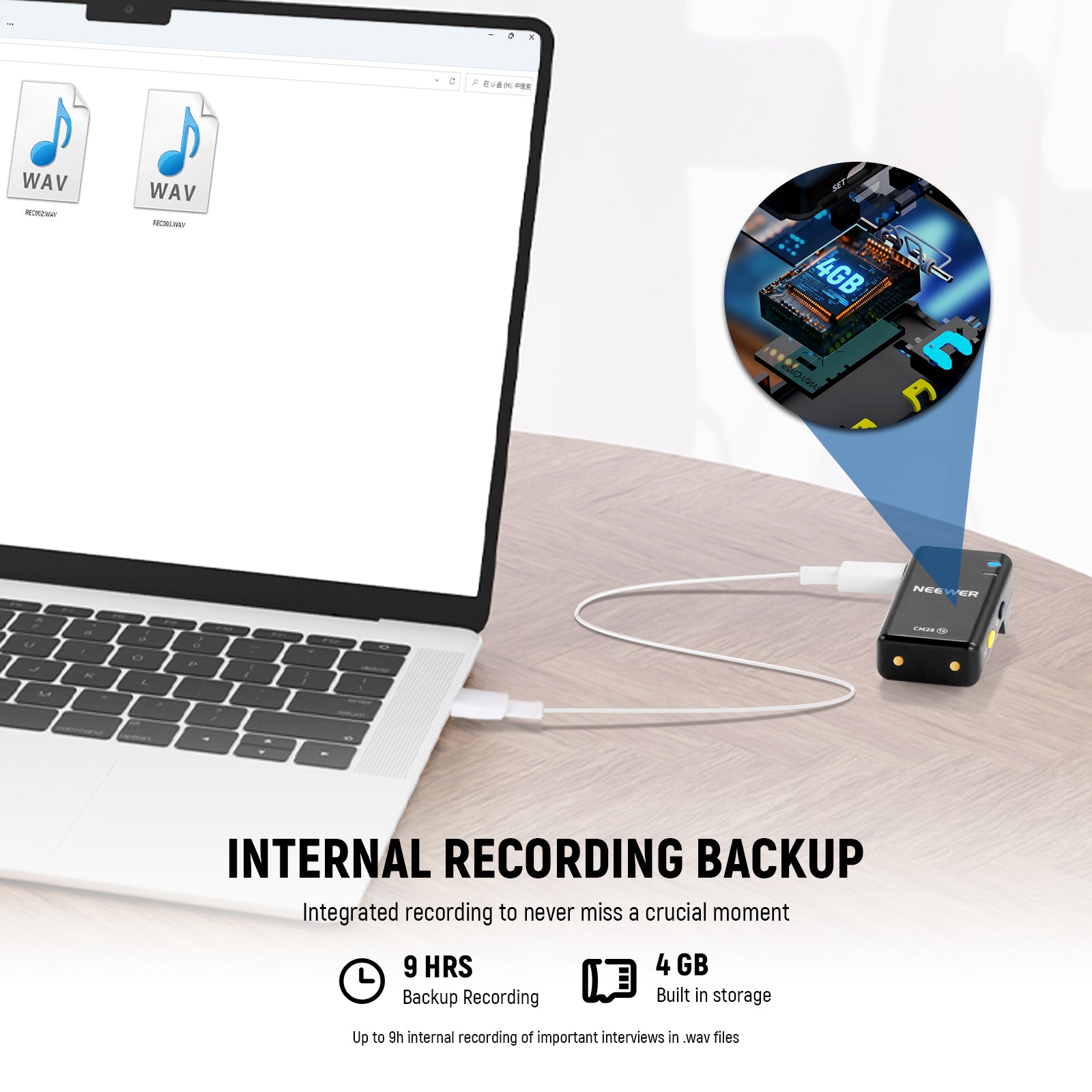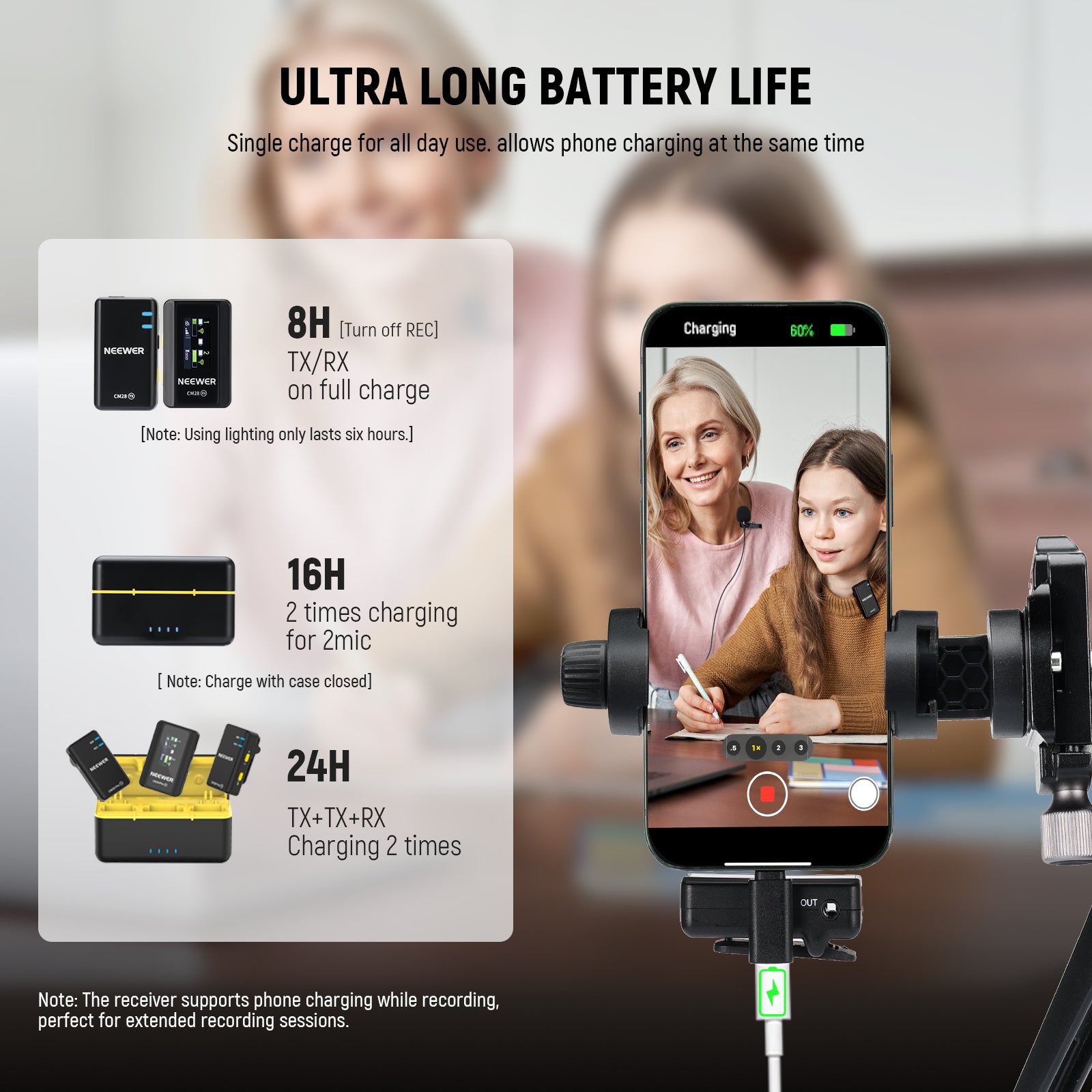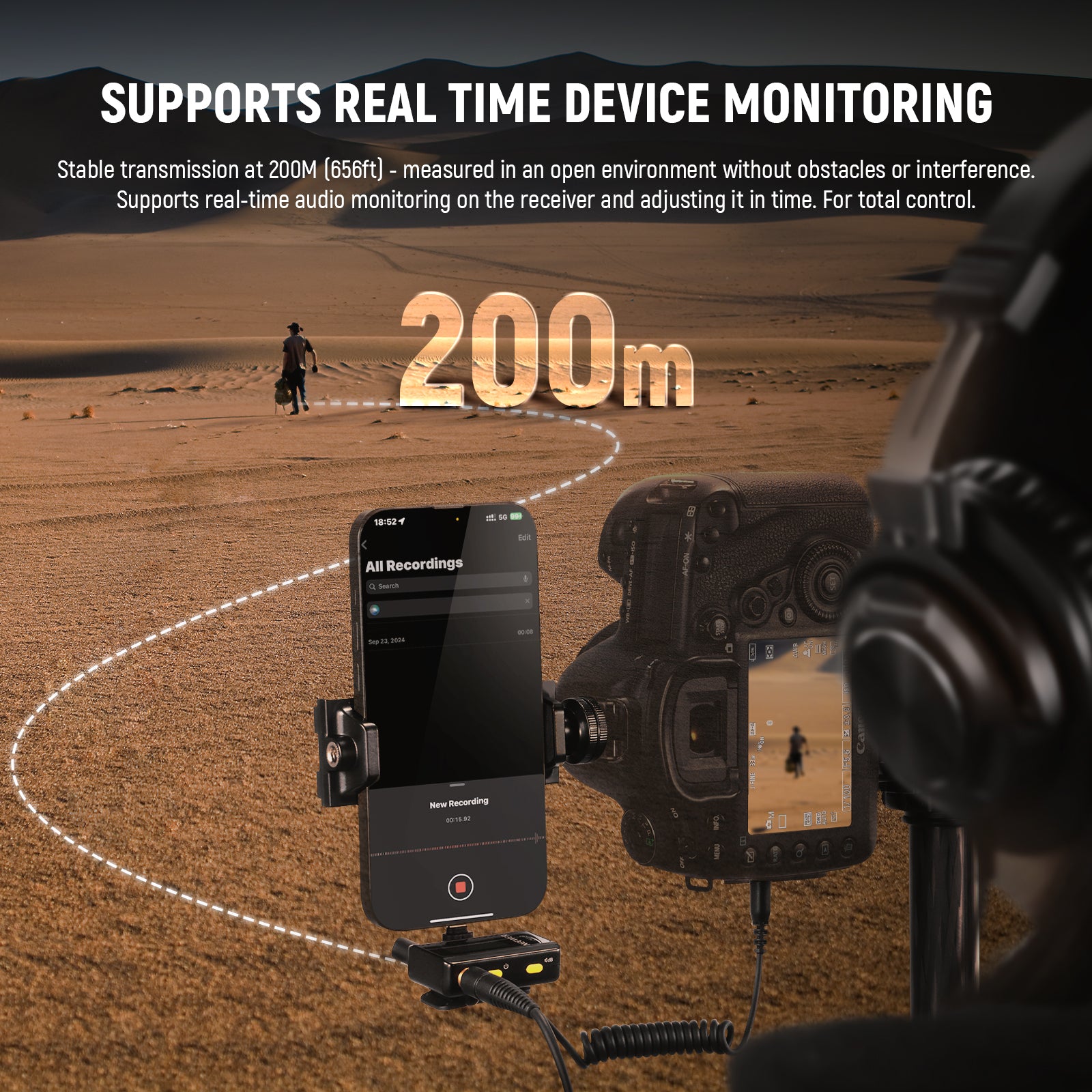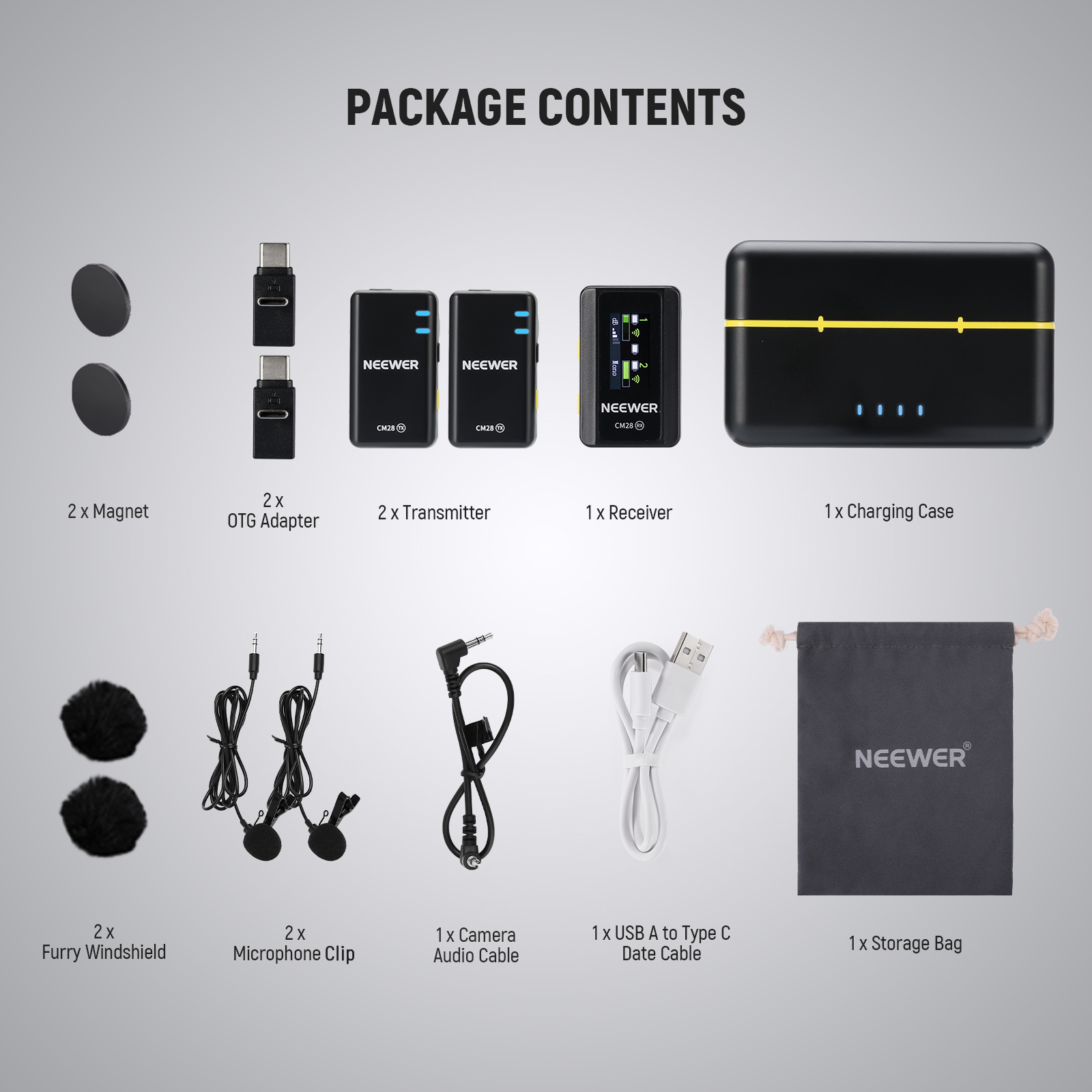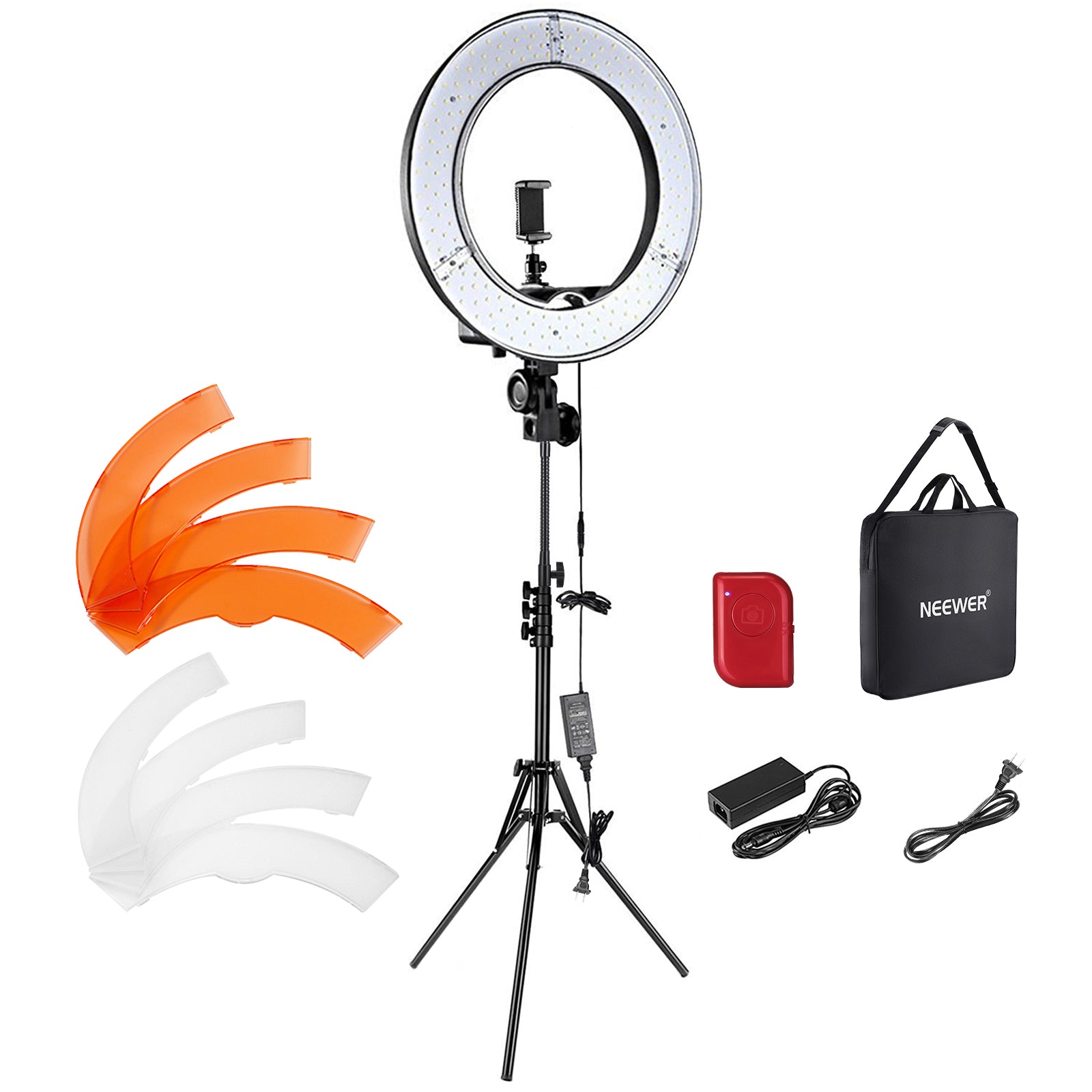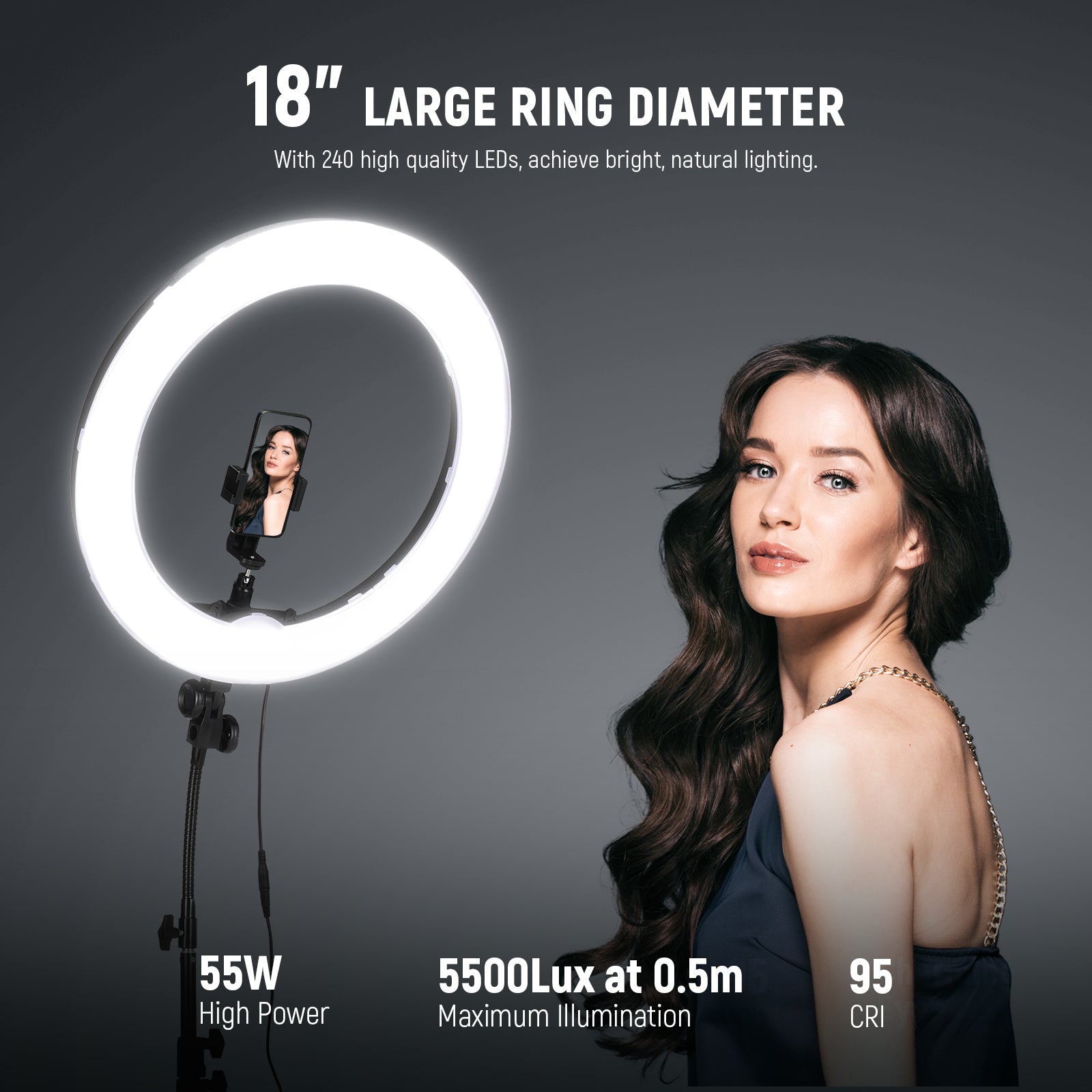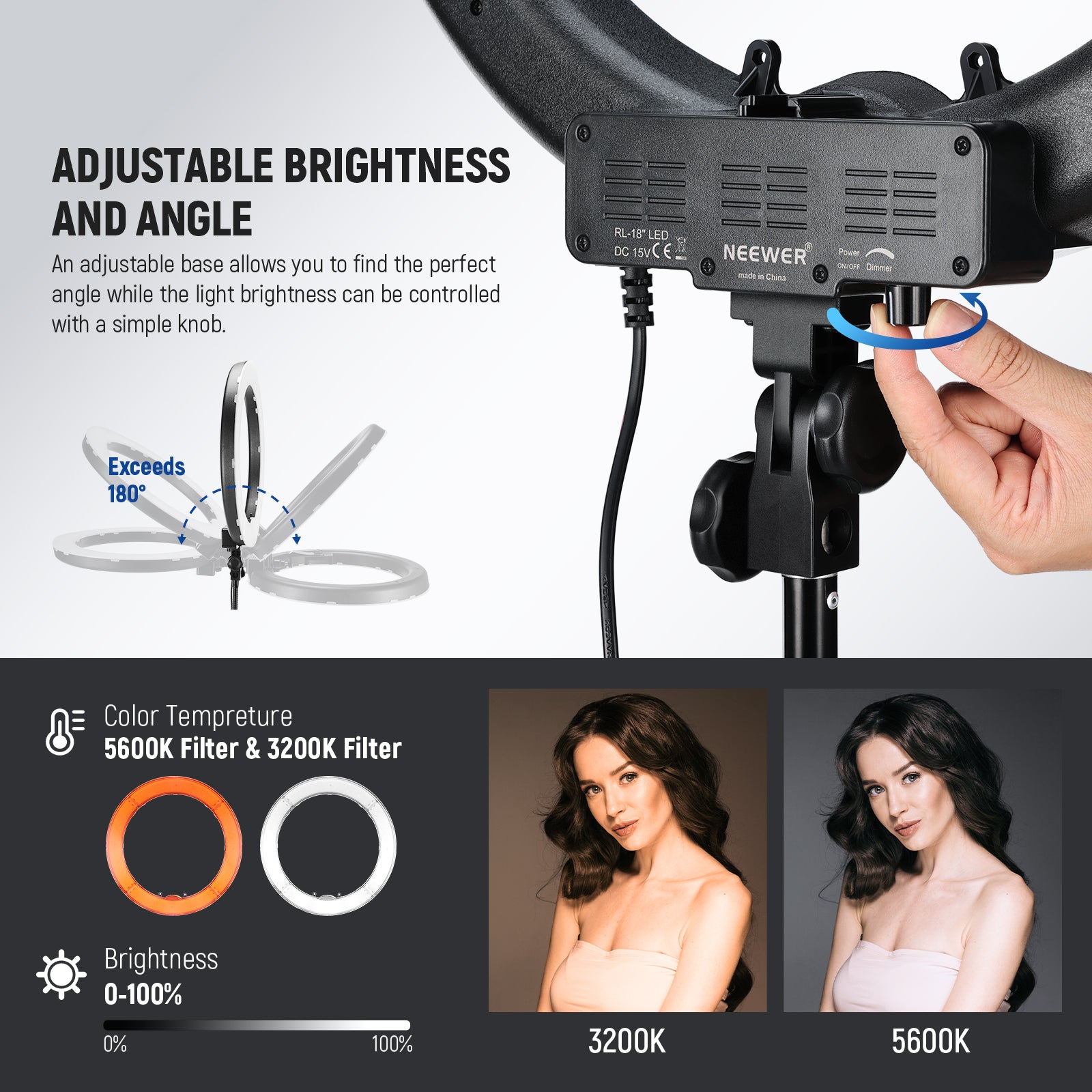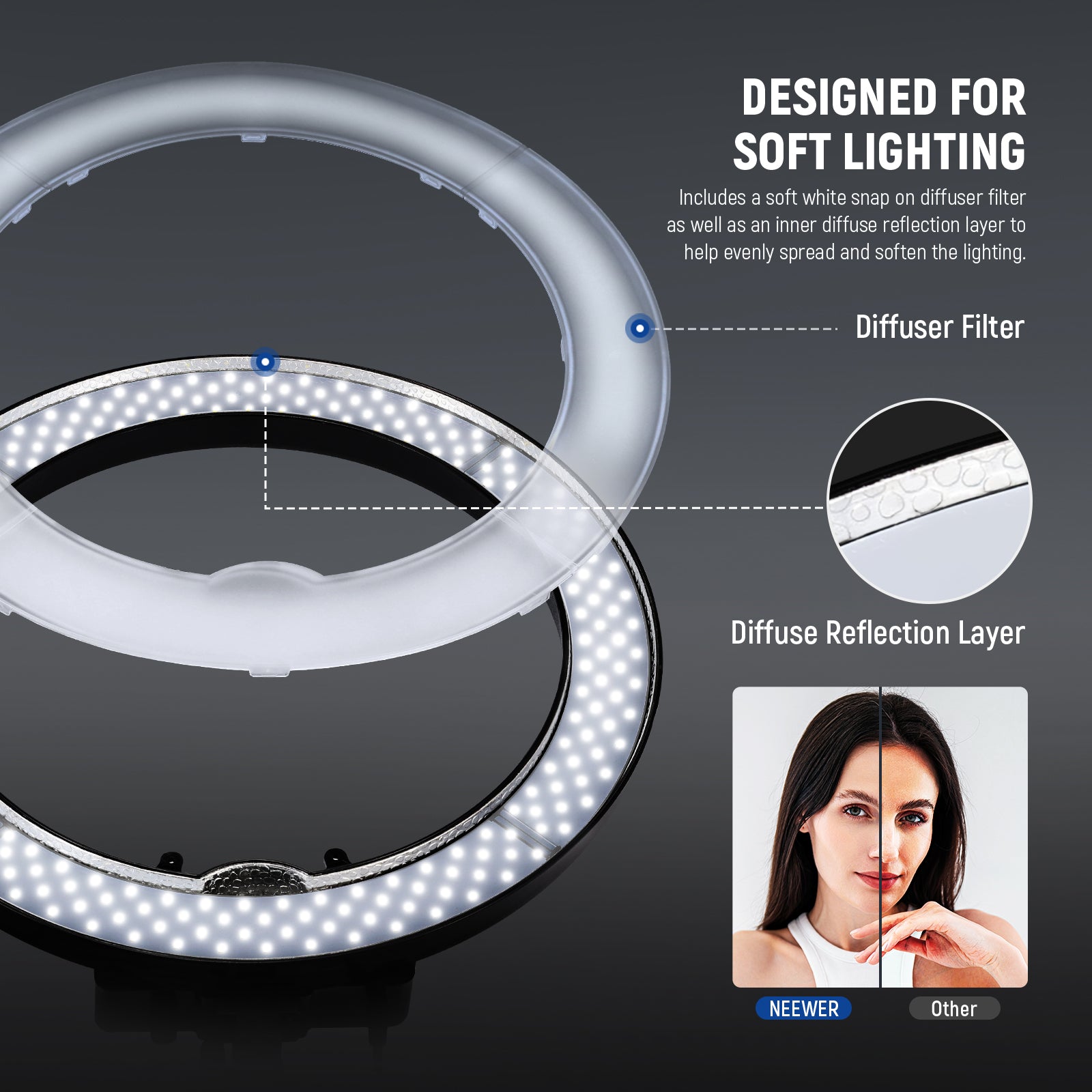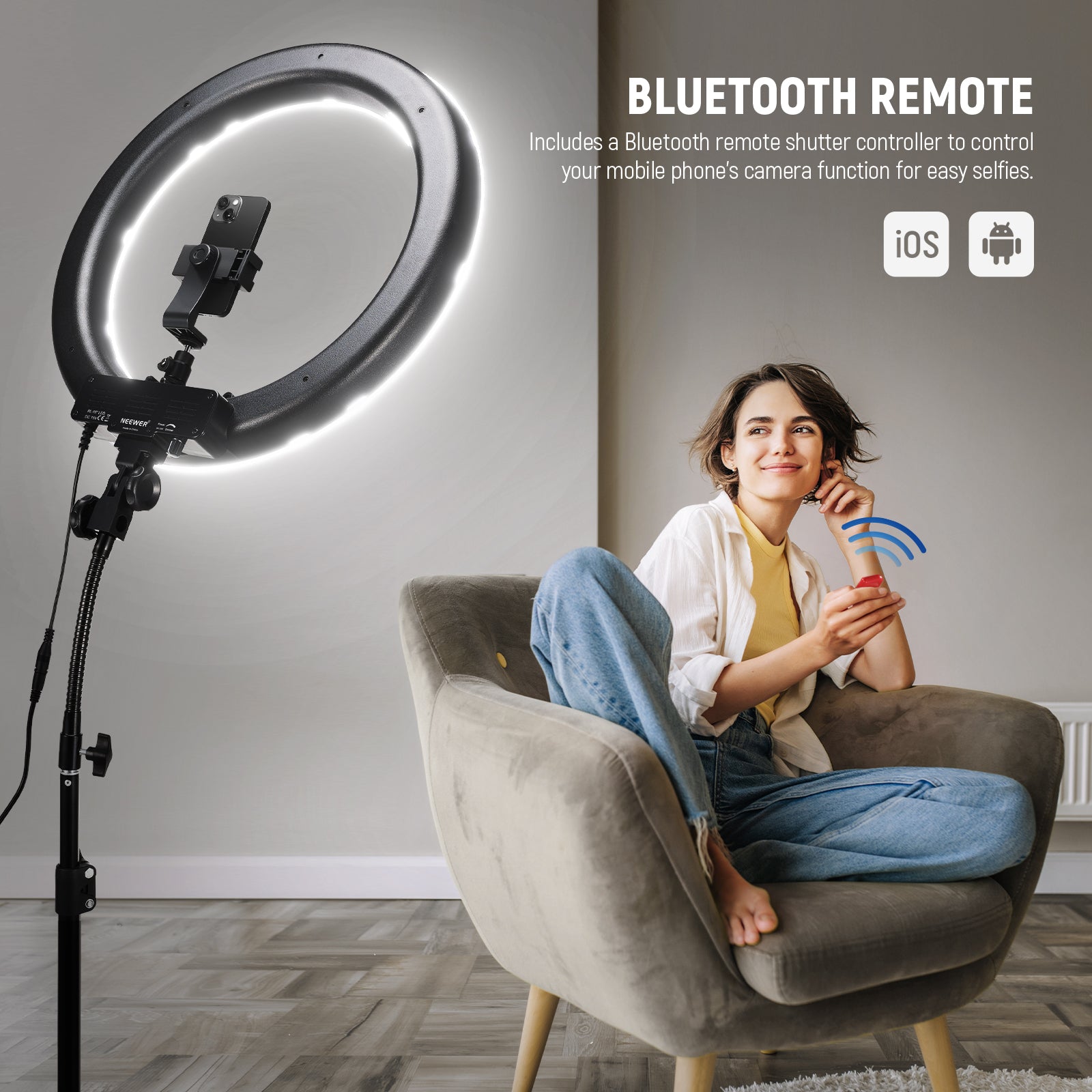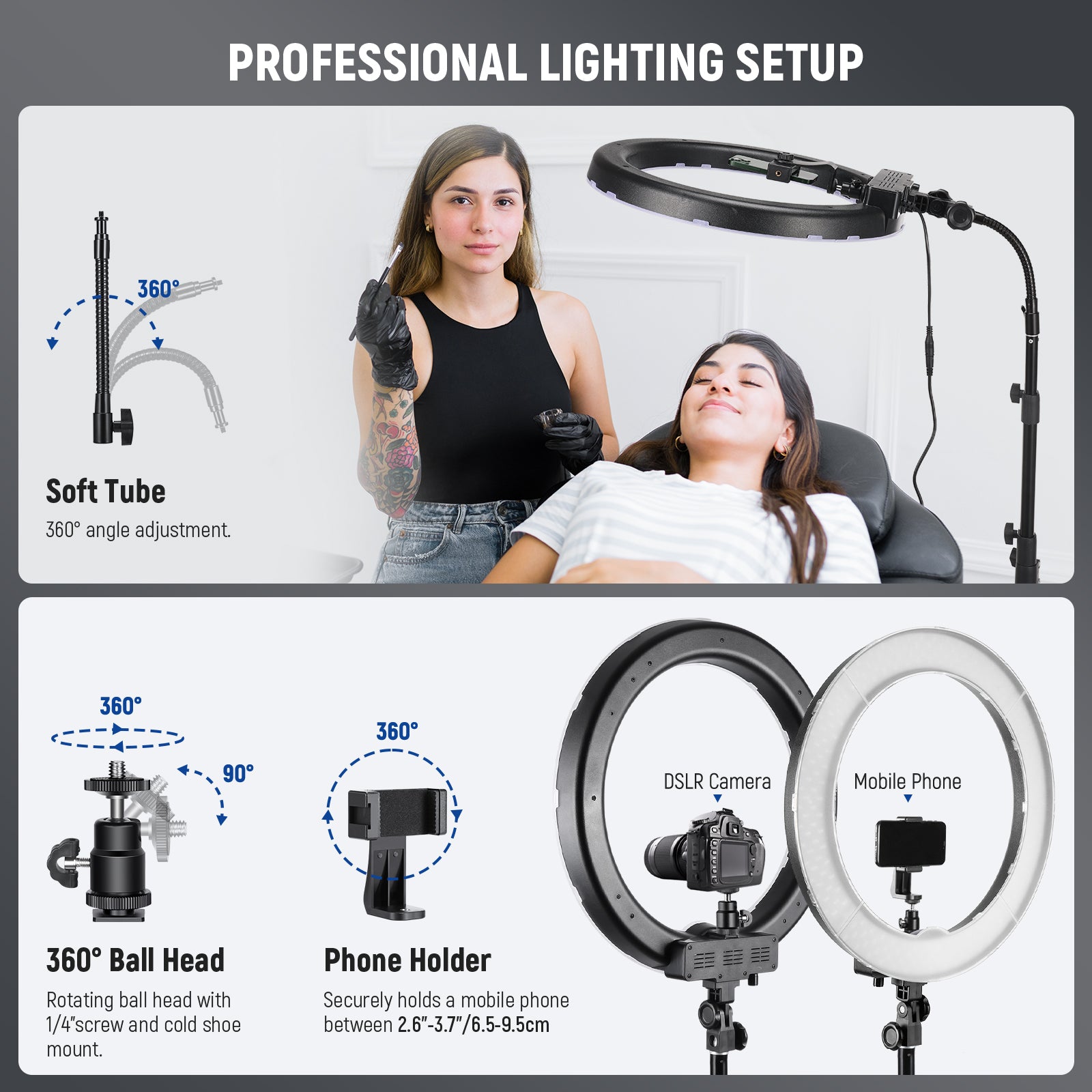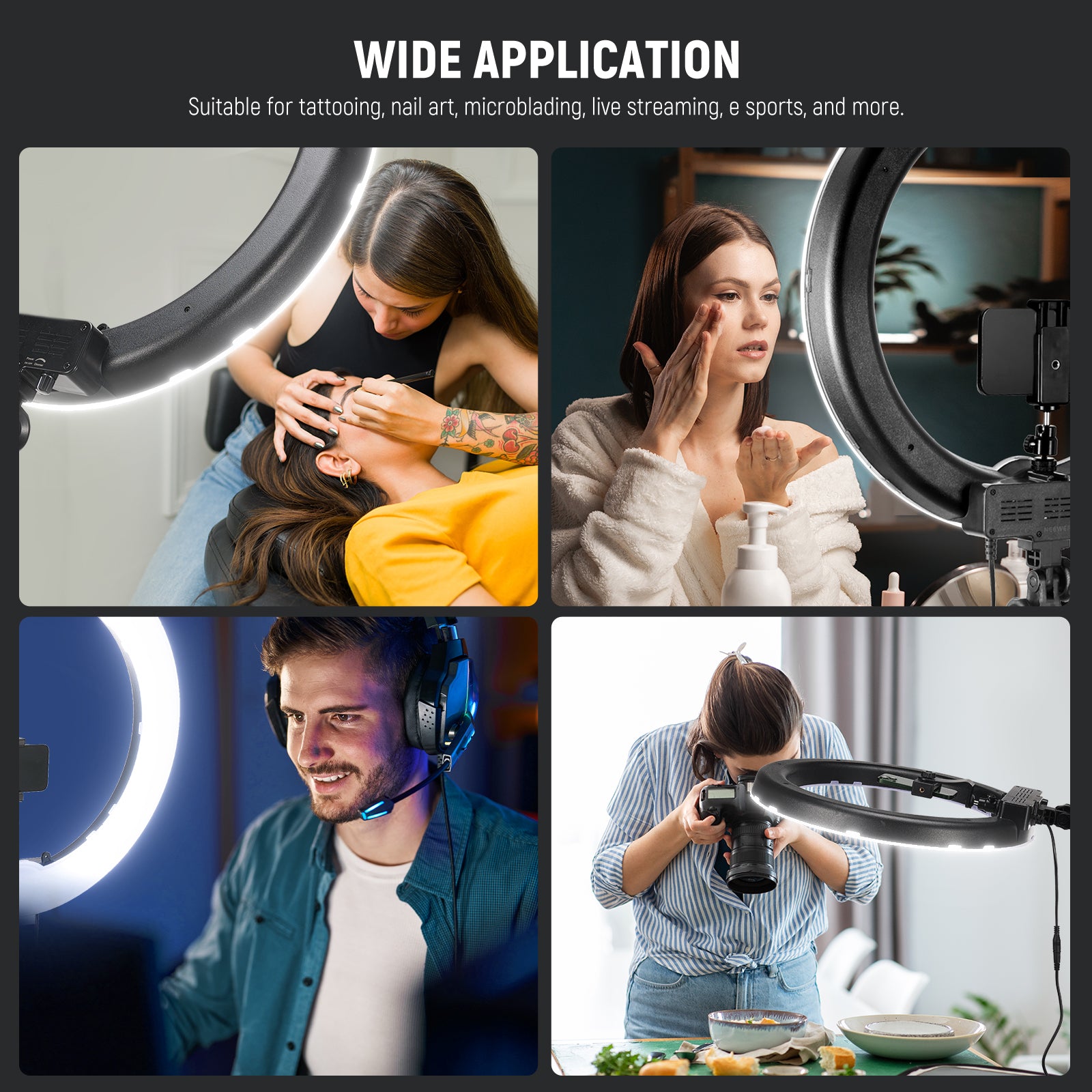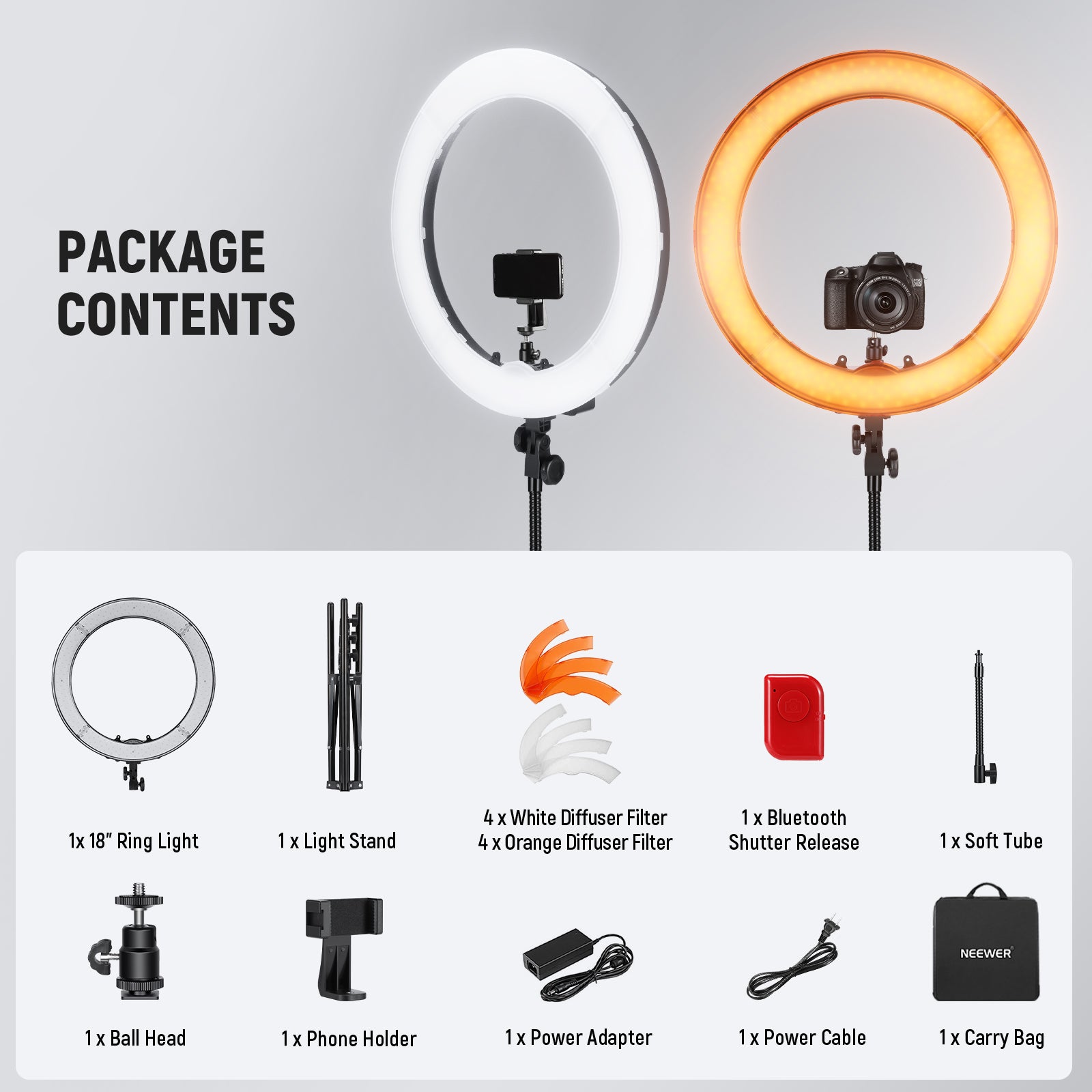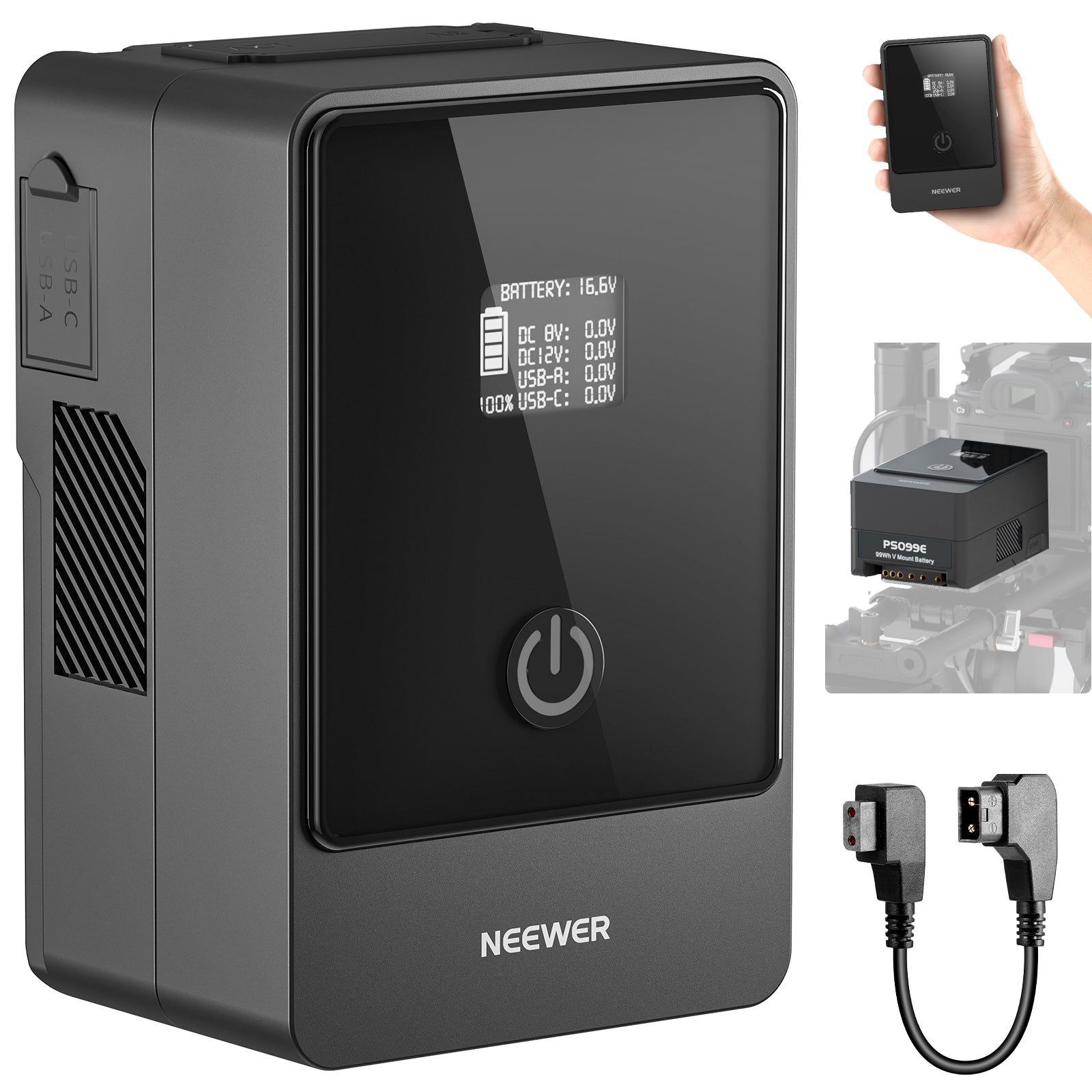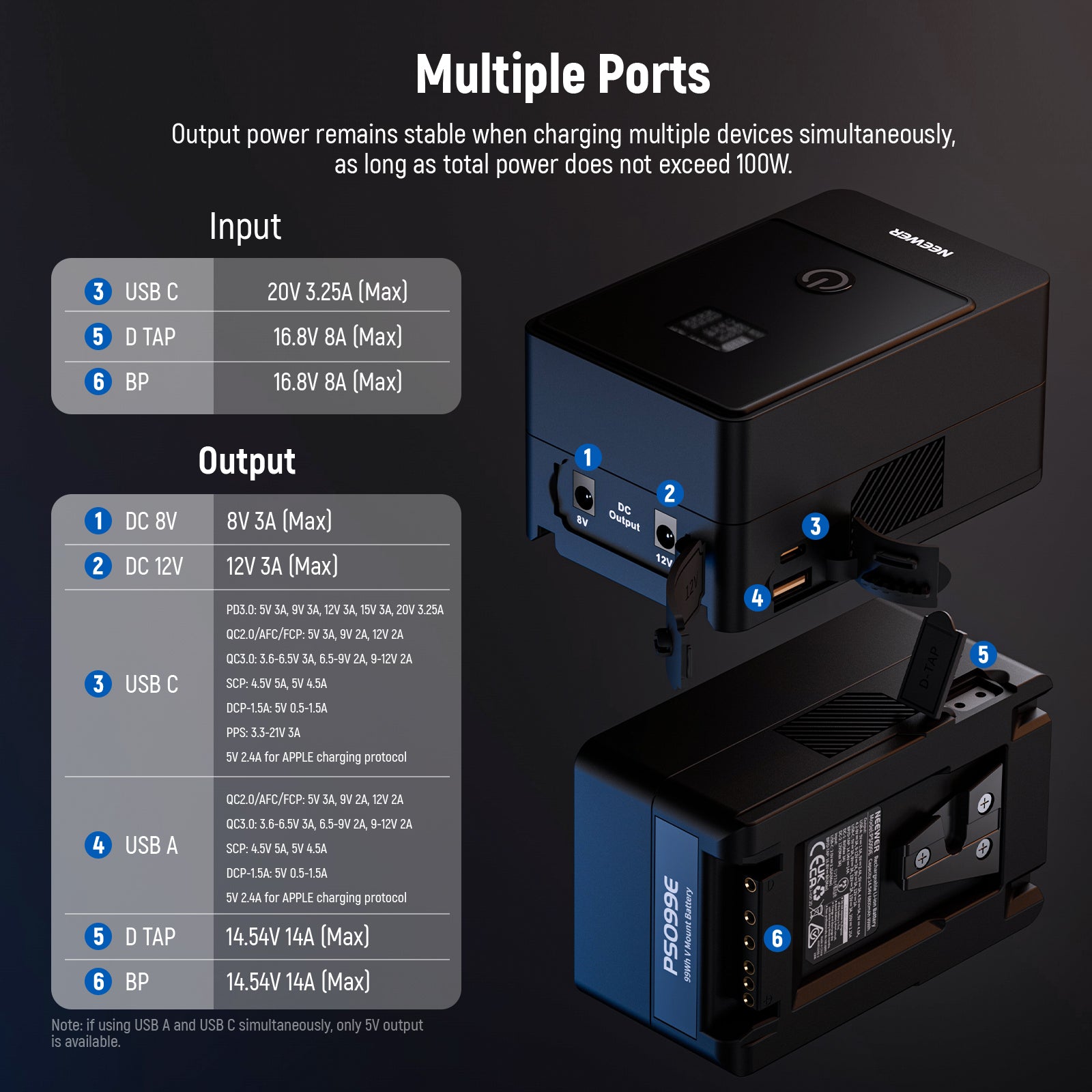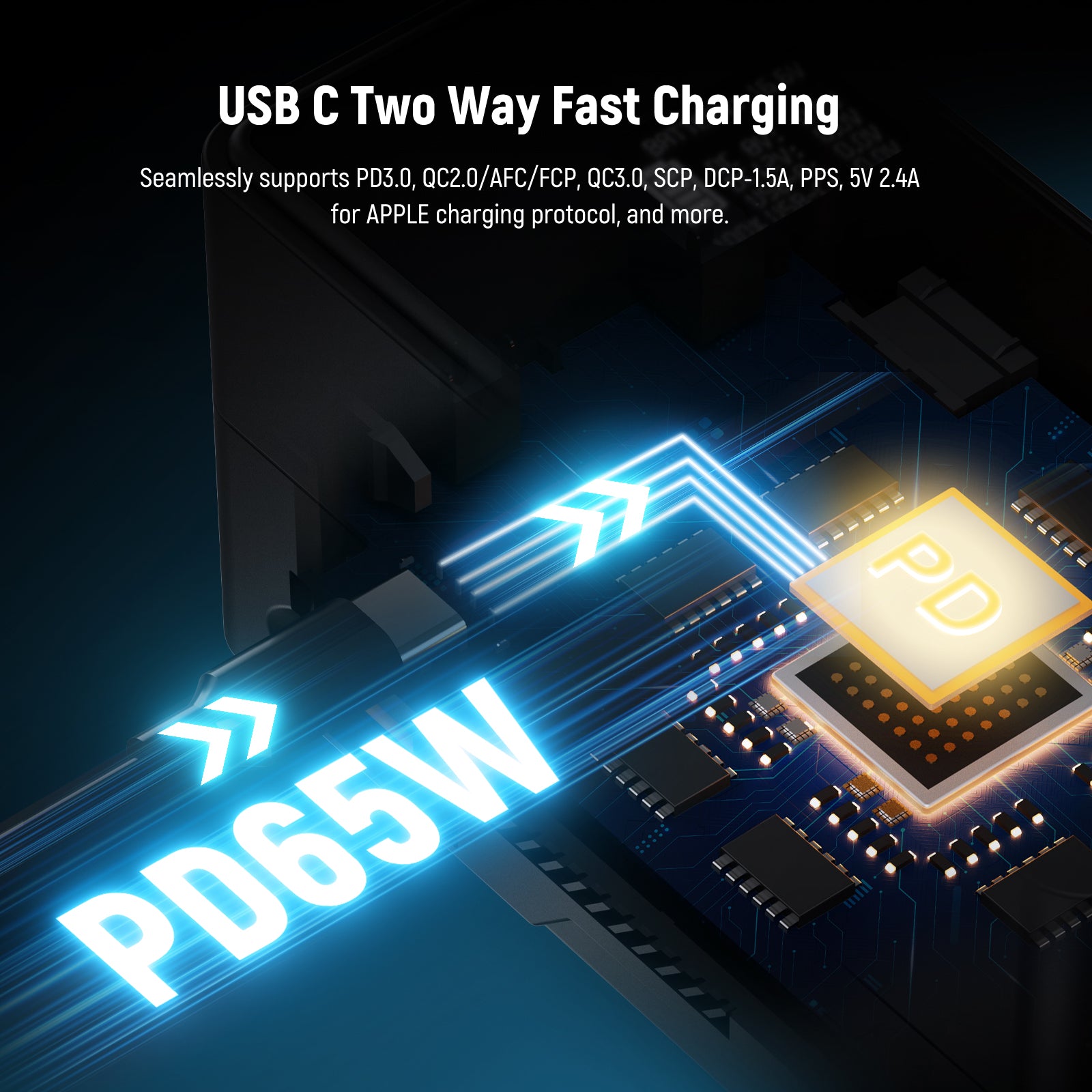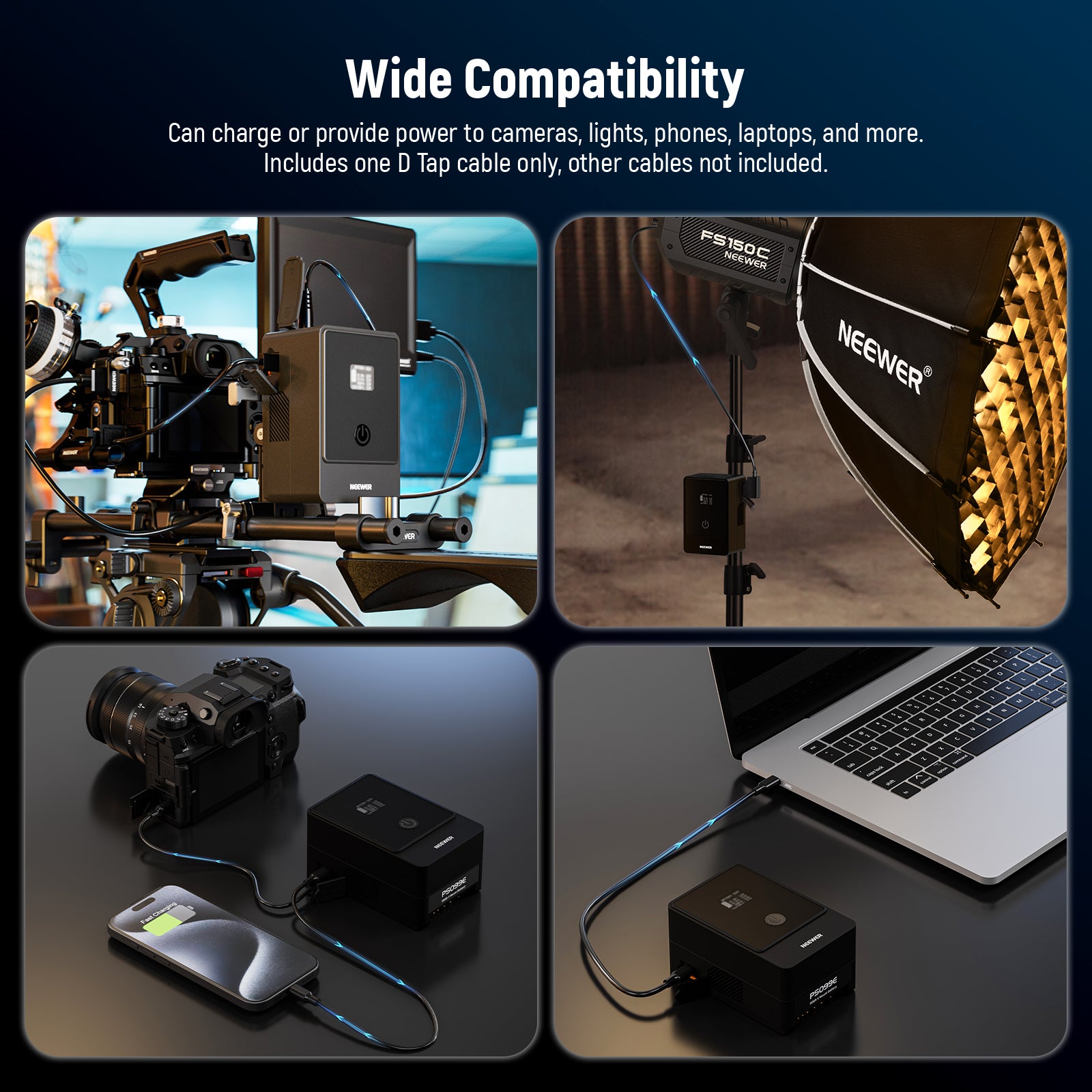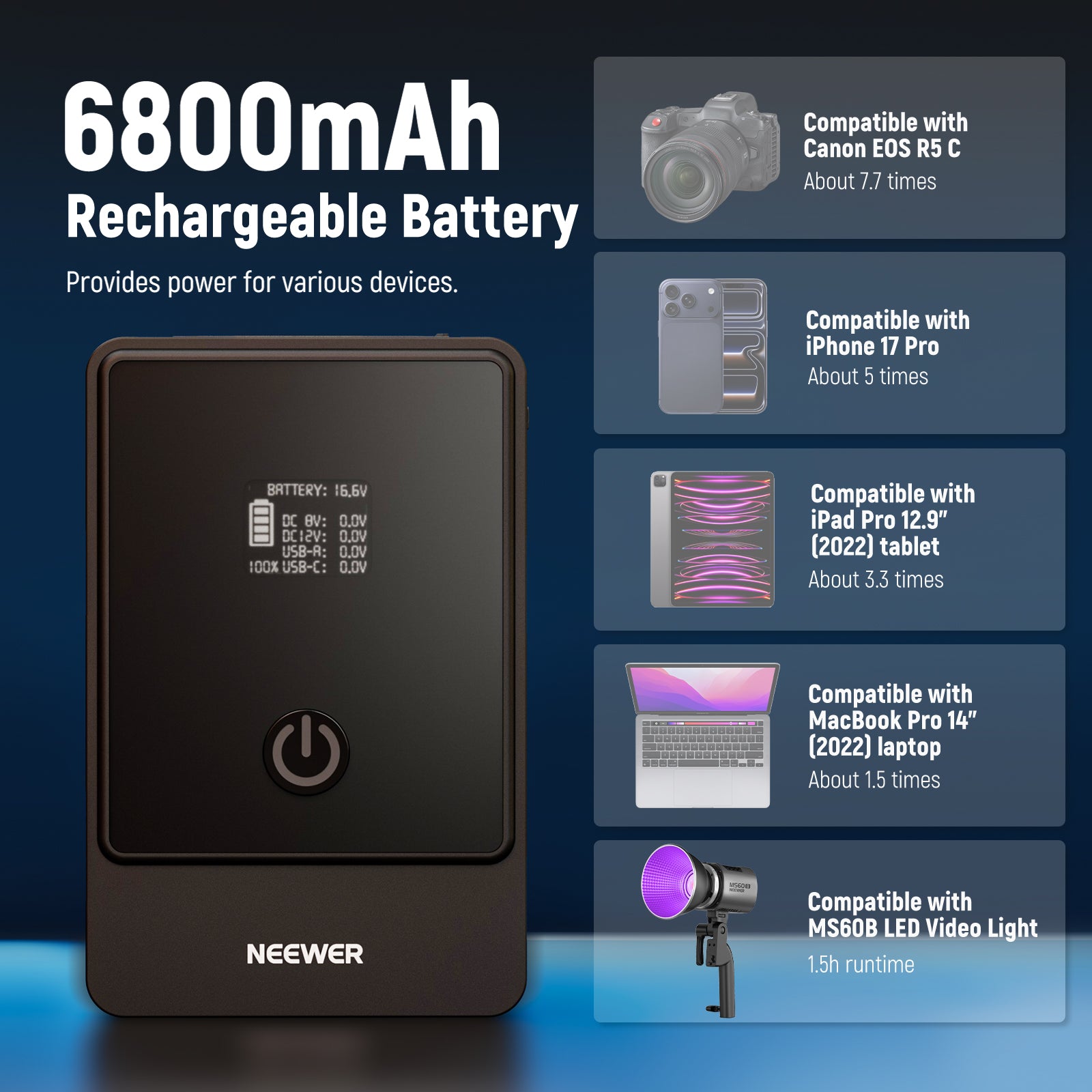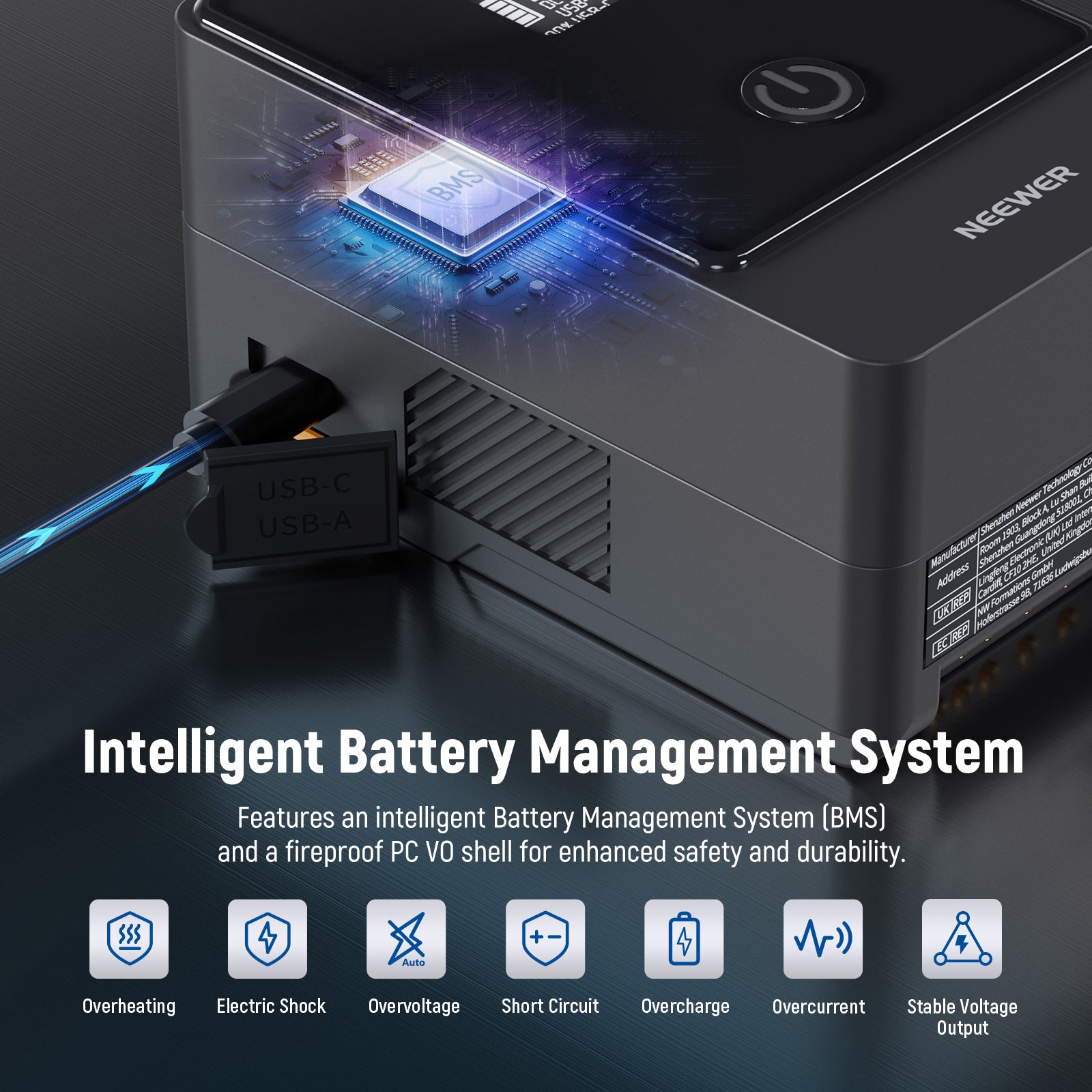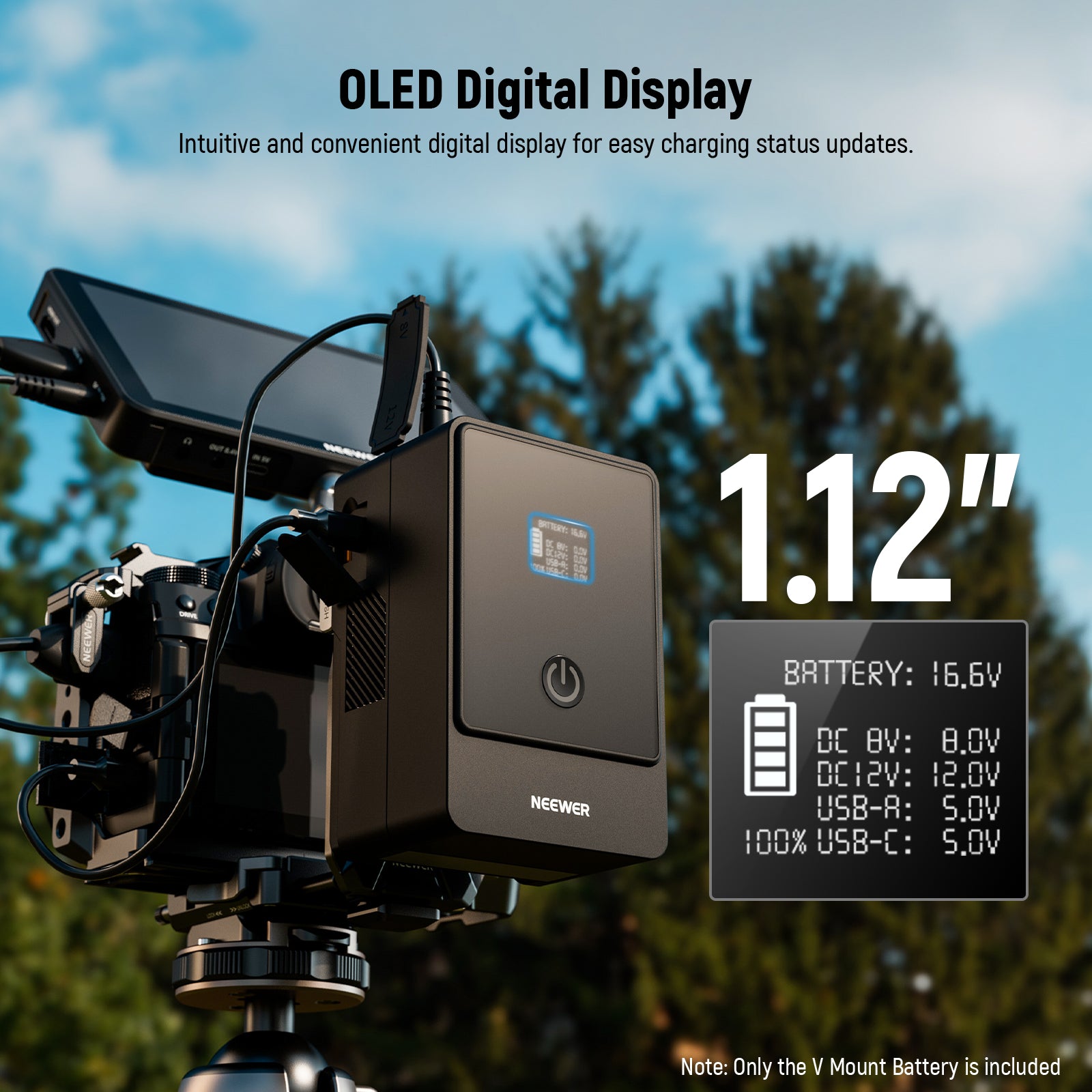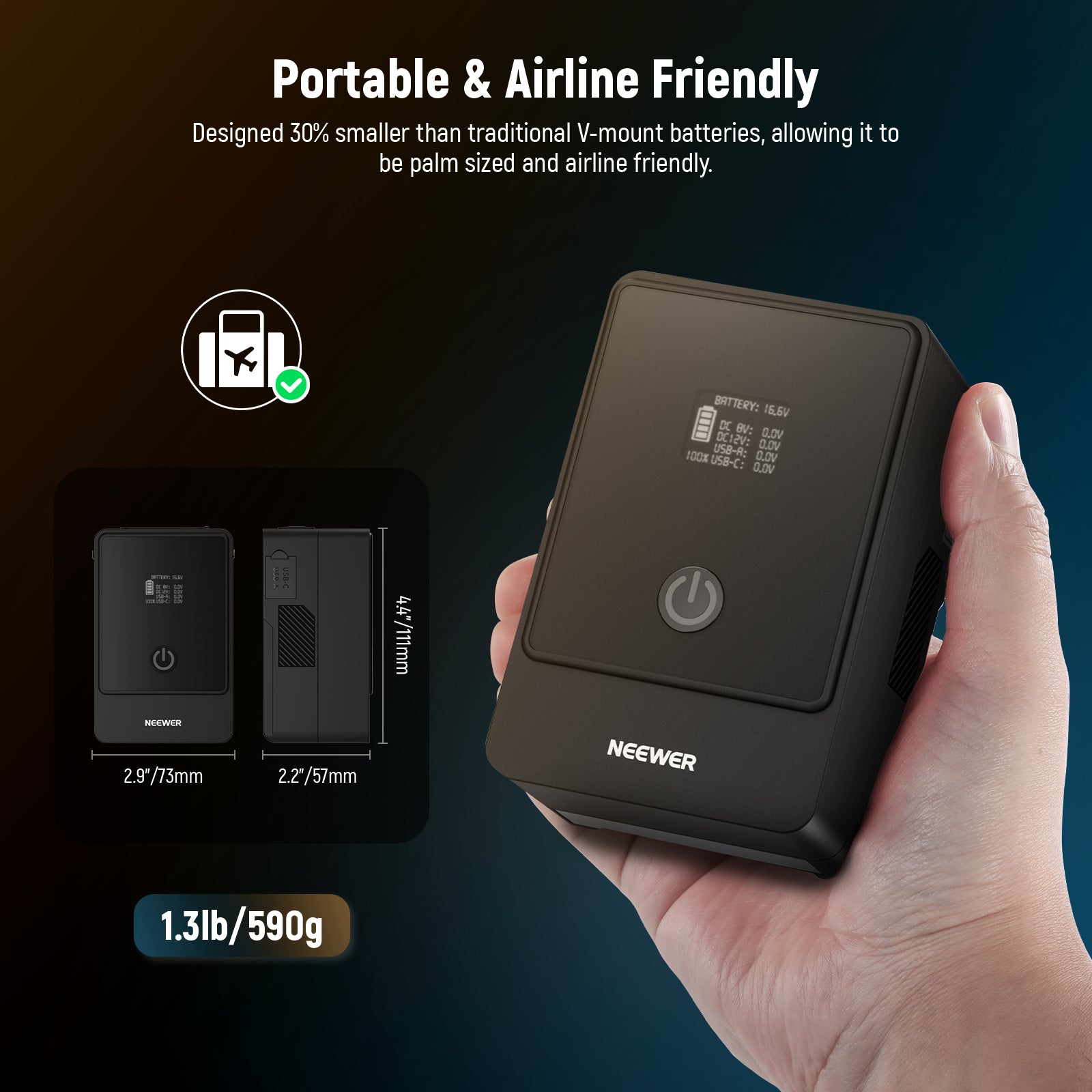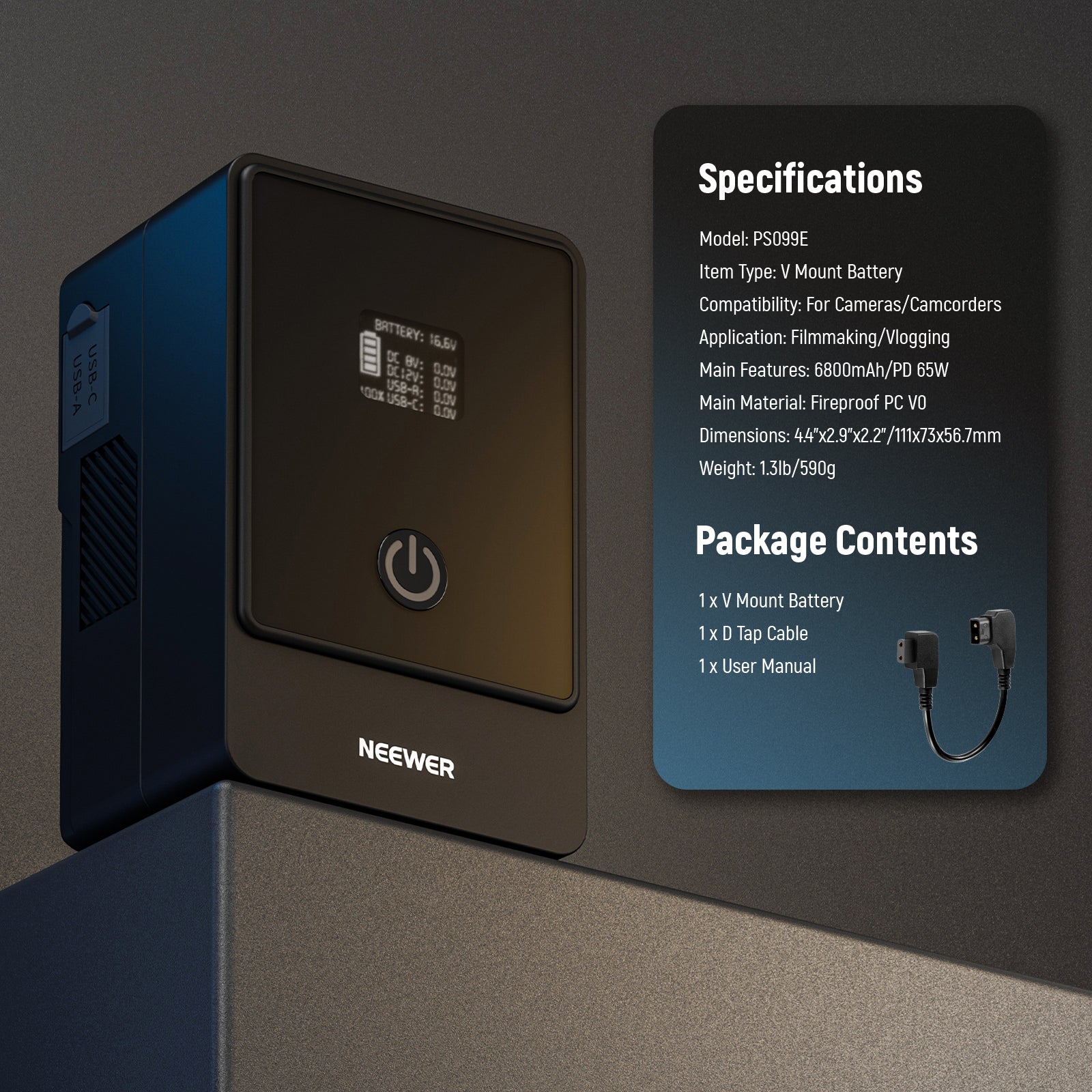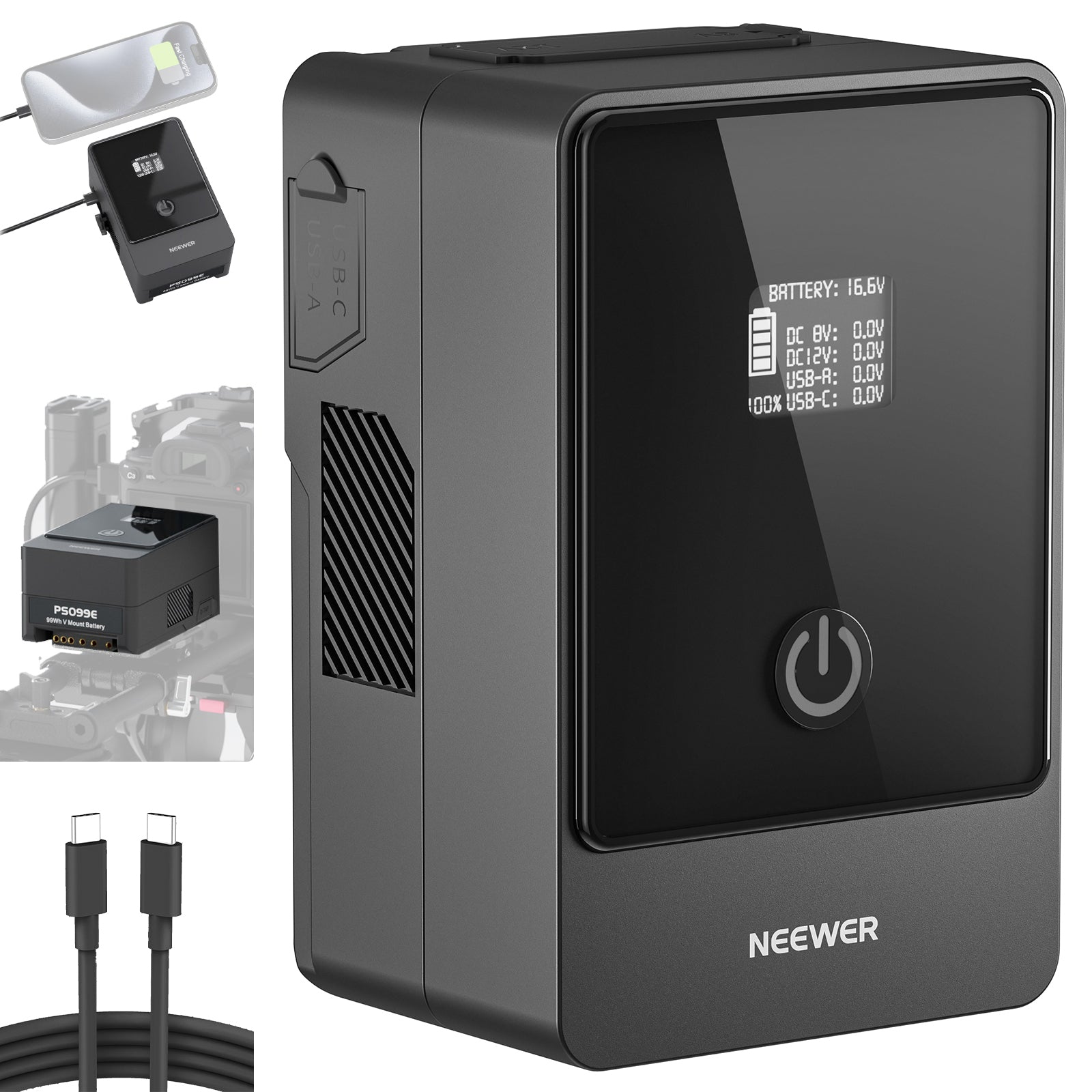Table of Contents
Light is one of the key factors defining photo quality. Without adequate illumination, a flash becomes an indispensable tool. In this post, we introduce TTL flash and manual flash and help you better comprehend them by discussing their advantages and application scenarios.
What Is TTL Flash?

TTL flash adjusts flash output automatically for optimal exposure, by measuring light passing through the lens of the camera. It works in real-time by analyzing how much light is reflected from the scene when the flash fires and adjusts the intensity of the flash to match the camera's settings, such as aperture, ISO, and shutter speed.
TTL flash has the advantage that it allows you to capture more moments and is better suited for snapshots. Its control accuracy, however, is not as high, and its exposure may not always meet your needs.
Exploring the Benefits of TTL Flash for Photography

1. Automatic Exposure Control
TTL flash is capable of automatically adjusting its flash output based on lighting conditions, providing consistent exposure without manual settings. This feature is particularly helpful when working in quickly changing environments; such as during a wedding where lighting conditions may switch quickly between bright outdoor daylight and dim indoor lighting conditions - this feature ensures every shot taken during this special occasion is perfectly exposed without needing manual adjustments to each image taken.
2. Speed and Convenience
TTL flash speeds up the shooting process by eliminating manual calculations of flash power, freeing photographers up to focus more on composition and timing when photographing fast-moving subjects like sports photography - without having to pause between shots to adjust settings manually. It automatically adapts to changing light conditions to provide well-lit subjects even in dimly lit arenas without pausing between shots for adjustments and setting adjustments.
3. Improved Light Balance
TTL flash photography measures the light passing through its lens and adjusts flash power accordingly, producing an ideal balance that prevents overexposed highlights or underexposed shadows from emerging. TTL flash is particularly helpful when portrait photography, where TTL ensures that a subject's face is well-lit while maintaining ambient lighting levels in the background, creating less harsh contrast and producing a more natural look.
4. Reduces Trial and Error
TTL flash's auto flash output reduces trial-and-error by automating flash output, eliminating manual adjustments for flash power manually and speeding up shooting time. Event photographers find TTL flash especially valuable; with variable lighting at parties or concerts requiring constant adjustment to ensure each shot is correctly exposed while capturing fleeting moments quickly and effortlessly.
5. Compatibility With Light Modifiers
TTL flash is compatible with various light modifiers, including softboxes and umbrellas, providing flexibility in various shooting environments. For studio portraiture work, using a softbox with TTL flash can produce soft, flattering lighting on subjects - as the TTL system automatically adjusts its output to ensure balanced lighting across different modifiers used.
When to Use TTL Flash?

- At a wedding ceremony that shifts between an outdoor garden and a dimly-lit reception hall, the NEEWER Z880 2.4G TTL Camera Flash Speedlite ensures your camera and flash automatically adjust the light levels so the bride and groom are always perfectly lit without missing a moment in the ceremony or reception hall.
- At a children's soccer match, players are constantly moving around. By using TTL flash photography, no manual adjustments of flash are needed every time someone approaches or moves away from your camera; TTL automatically adjusts so every fast action shot comes out well-lit and sharp.
- Are You Attending a Corporate Event and Need TTL Flash Photography? the NEEWER NW700 TTL Flash Speedlite allows for rapid photographing at corporate events with people moving between various areas with various light levels without stopping and adjusting flash power each time, giving you great shots without wasting precious moments of your event time.
- Are You Shooting Engagement Photos at a Cozy Cafe with Large Windows and Warm Lighting? the NEEWER Z760 TTL Flash Speedlite ensures the couple is evenly lit by balancing soft daylight with artificial lighting to avoid harsh shadows and keep everything even-toned.
- At a family reunion, you're taking candid photographs using your camera's built-in flash. When switching between indoor and outdoor locations, TTL flash automatically adapts to changing light conditions so everyone looks their best without needing complex settings.
- Are You Photographing a Fashion Show With TTL Flash? the NEEWER NW760 TTL Flash Speedlite automatically adapts to changing lighting conditions during fashion shows to ensure each model remains well-lit despite changing intensities of lighting.
What Is Manual Flash?
Manual flash involves setting the flash power output manually rather than relying on the camera to calculate it automatically. Unlike TTL (Through-The-Lens) flash photography, manual flash doesn't adapt its intensity based on lighting conditions or distance - instead, you must manually adjust its output power yourself.
Exploring the Benefits of Manual Flash for Photography
1. Complete Control Over Flash Power
Manual flash allows for complete control over flash power, enabling you to tailor its intensity according to your individual needs and wants. Unlike TTL lighting which automatically adapts flash output based on environmental conditions, manual flash maintains consistent output throughout an entire shoot.
In product shoots, manual control of the flash allows you to avoid overexposing delicate details or underexposing darker areas; every shot looks identical without any surprises!
2. No Sensor or Environmental Dependence
Manual flash is independent of external factors like ambient lighting or your camera's metering system, making it a reliable option when you require flash photography that works no matter the scene's lighting conditions.
3. Useful for Learning and Honing Flash Skills
Manual flash offers photographers an ideal learning opportunity when it comes to lighting design fundamentals. By manually controlling their flash output, photographers can gain a better understanding of how distance, flash power, modifiers, etc. affect final images.
4. Consistency across Multiple Shots
Manual flash photography ensures that the output remains constant across multiple shots, regardless of how the scene changes. This feature can be particularly helpful when photographing products, fashion, or staged subjects that need constant lighting throughout their shoots.
When to Use Manual Flash?
- Product photography requires lighting that accentuates every detail. A manual flash allows you to control its power to achieve this ideal lighting environment and ensure that the product remains consistently illuminated across shots.
- Studio portrait sessions require you to capture images with a stationary setup: background, lighting, and camera position are consistent throughout. By using manual flash photography you can dial in an exact flash power for flattering lighting on the model's face that stays constant throughout the shoot.
- At a wedding, two off-camera flashes will serve as key and backlight lights respectively. Manual mode allows for adjustments of each light as needed to achieve the desired effect without clashing against each other.
- You're photographing a group of people indoors using both artificial lighting and daylight streaming through windows. By employing manual flash photography, you ensure the power remains consistent during each shot despite changes to ambient light levels or how your camera interprets the scene.

